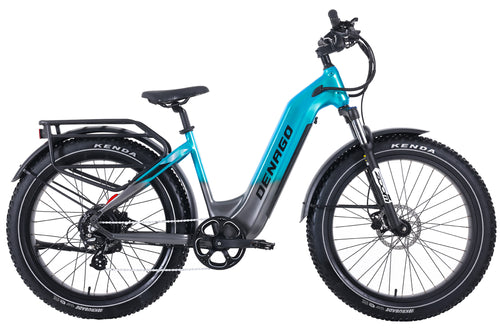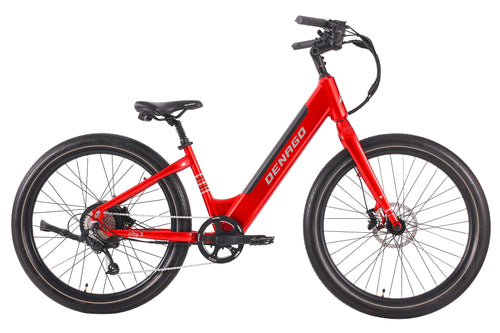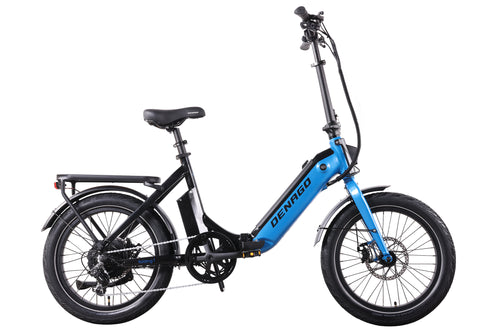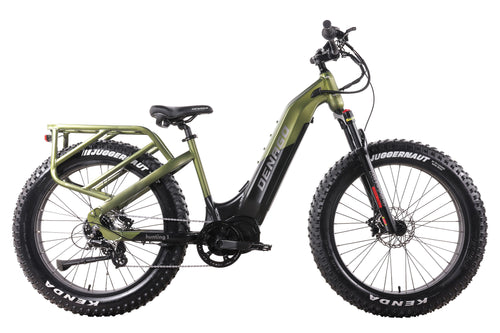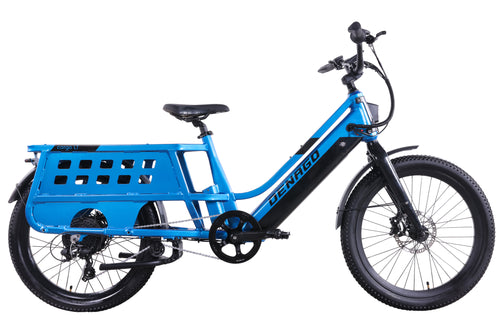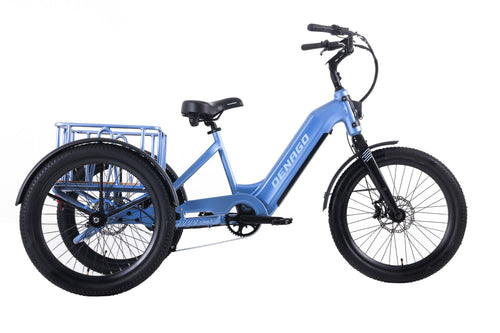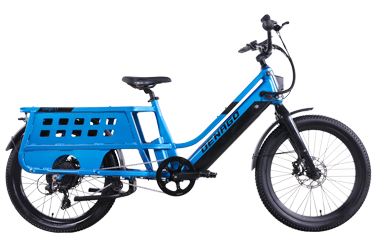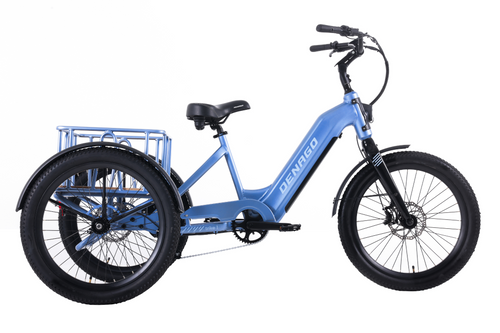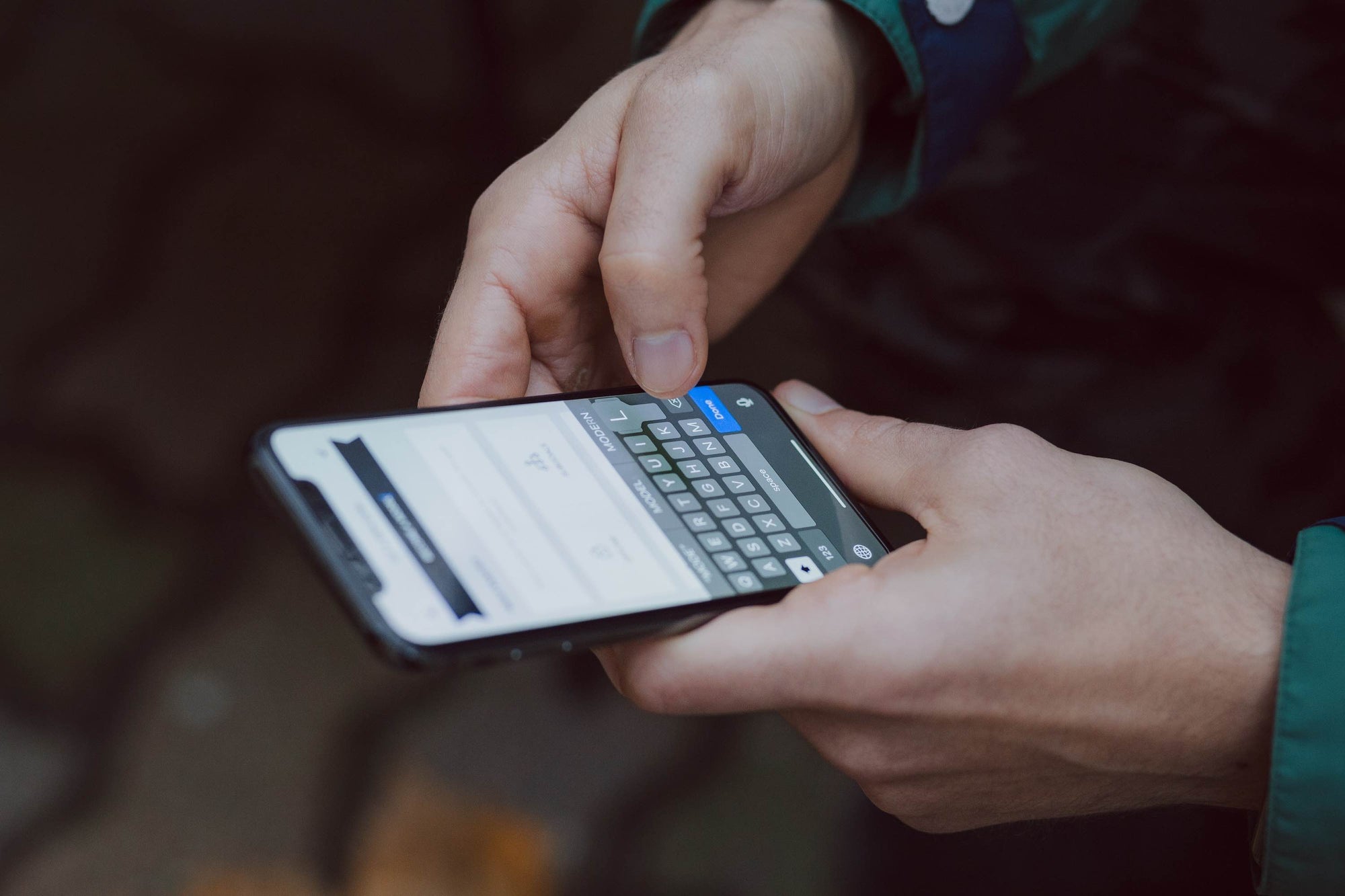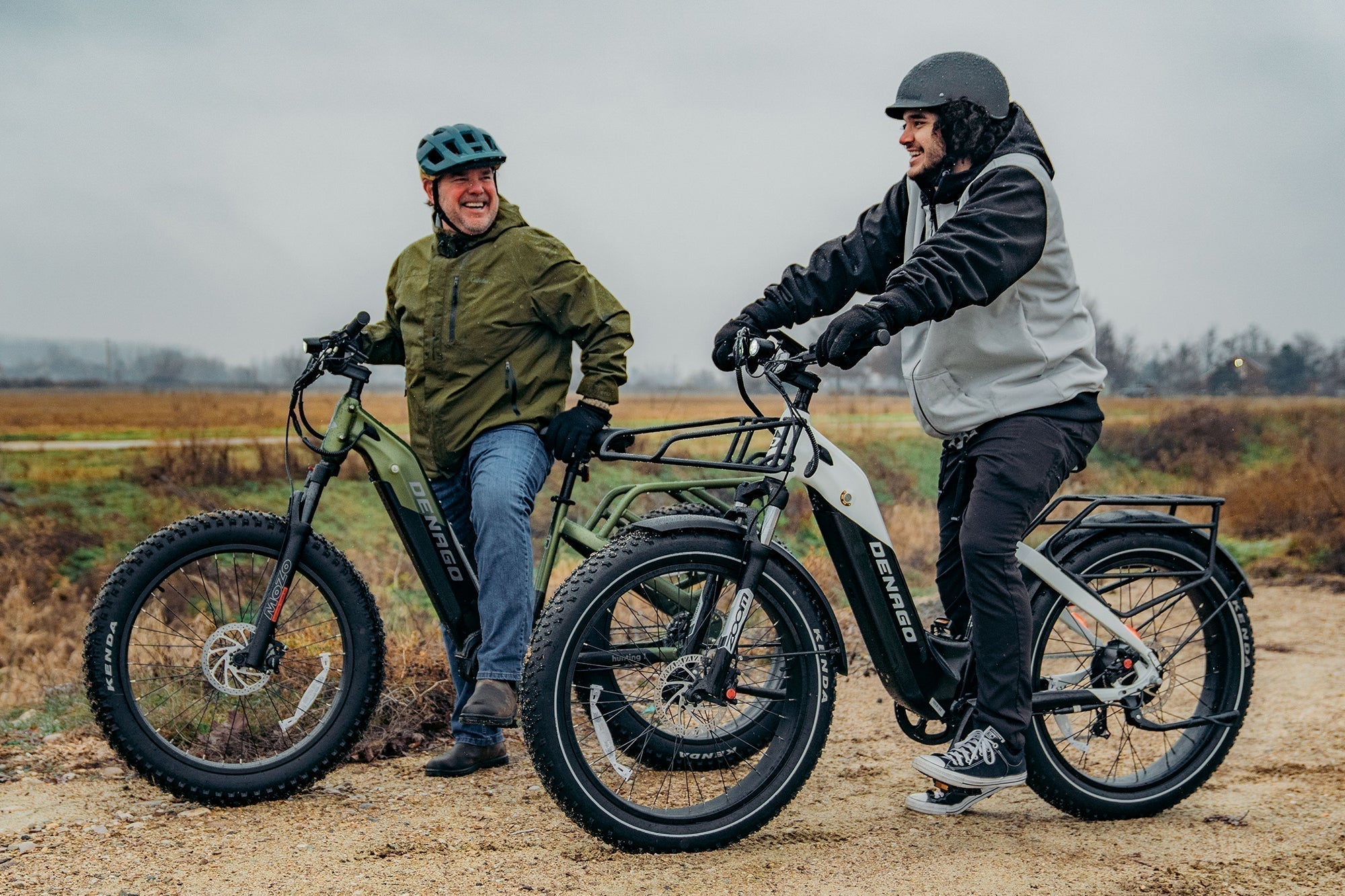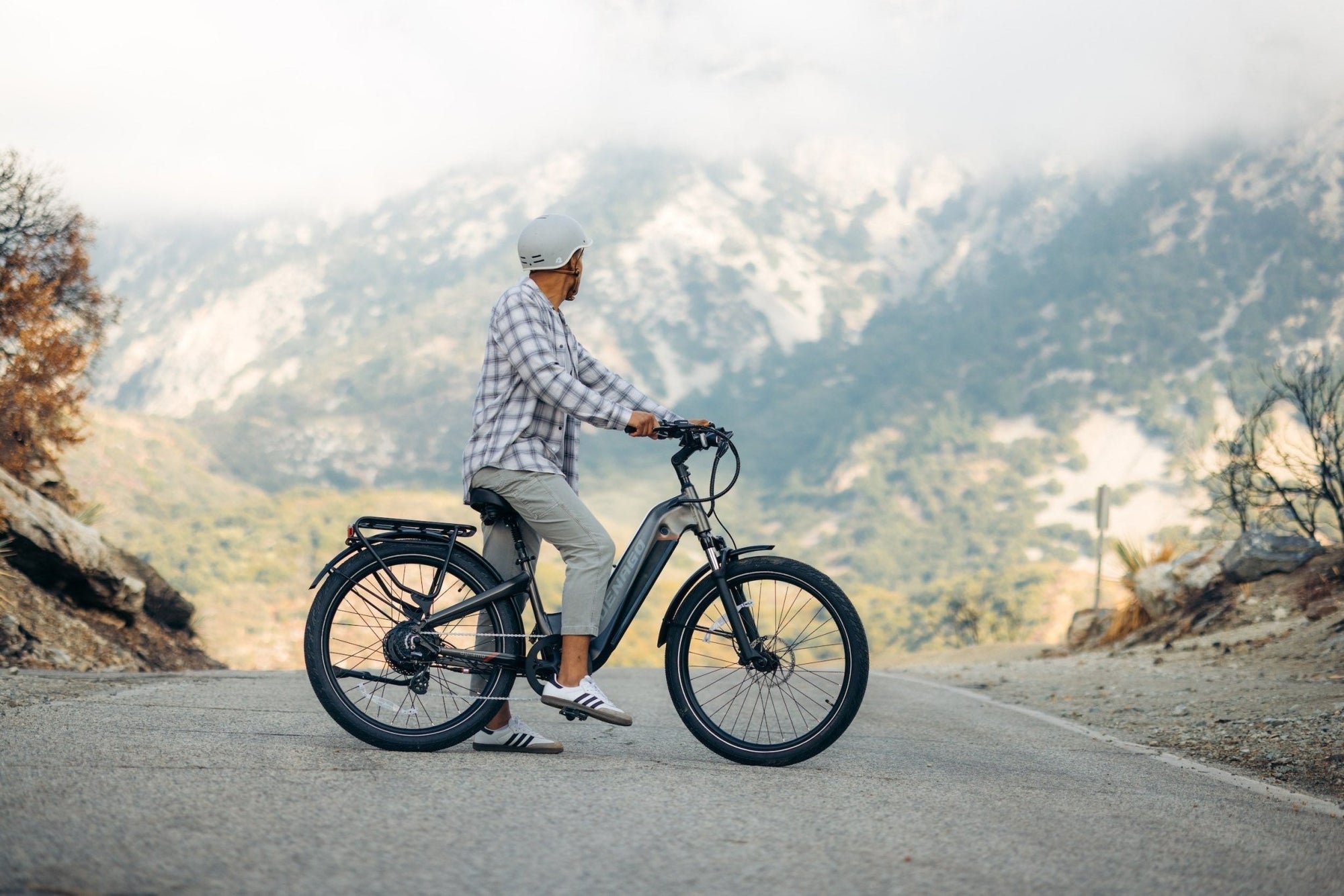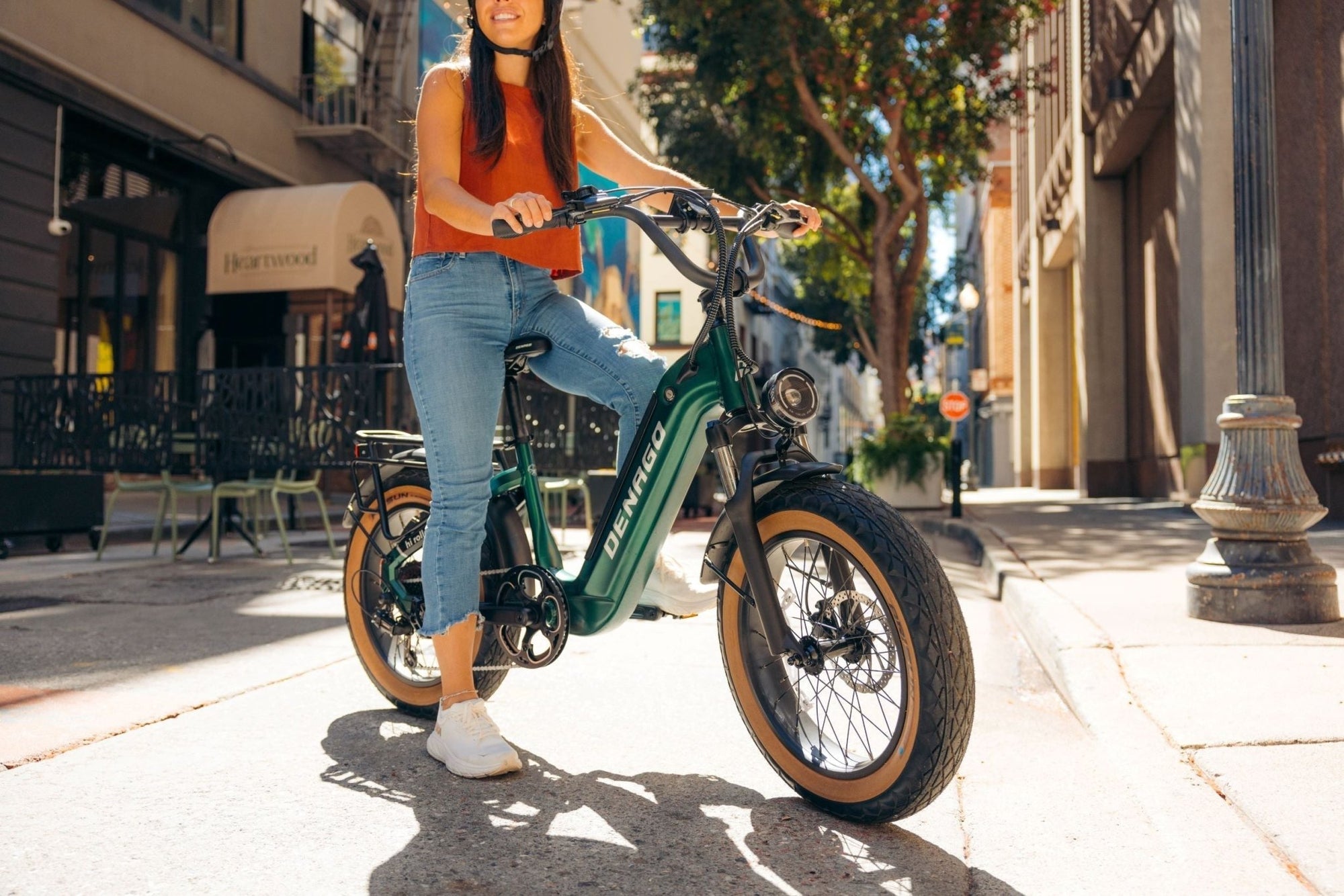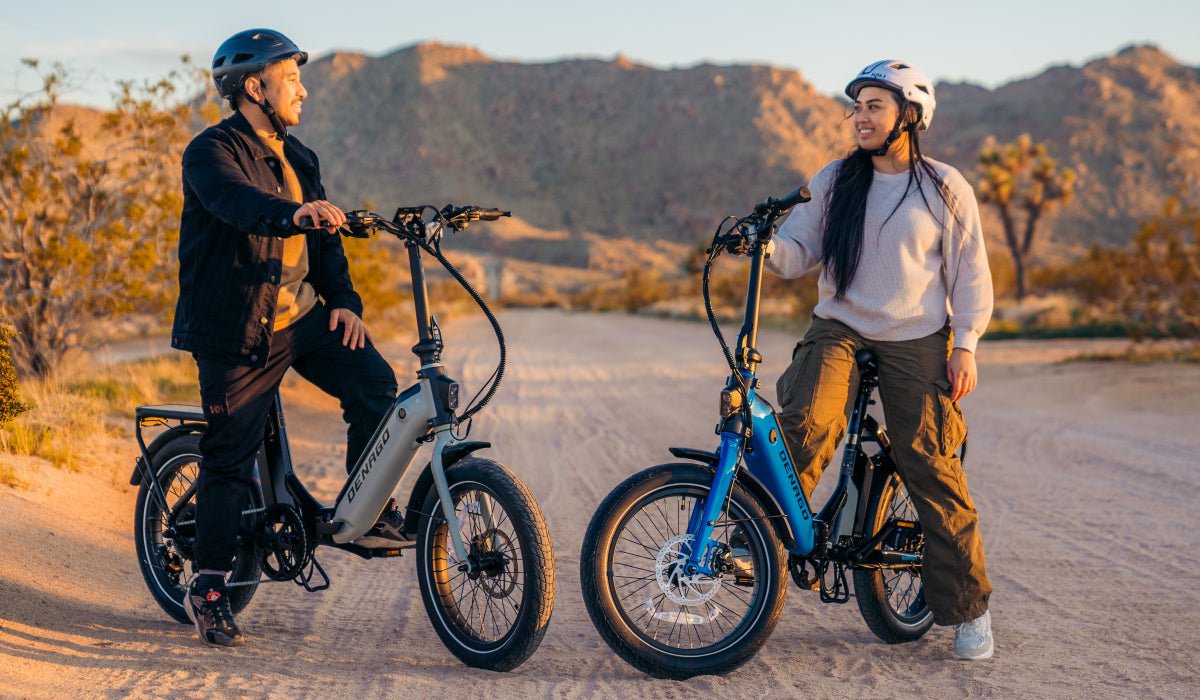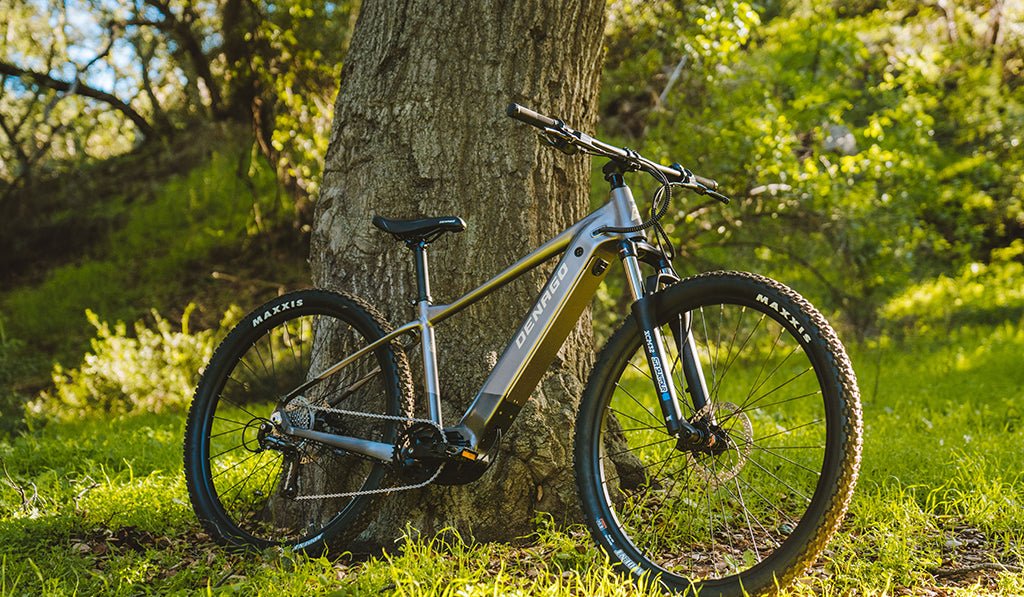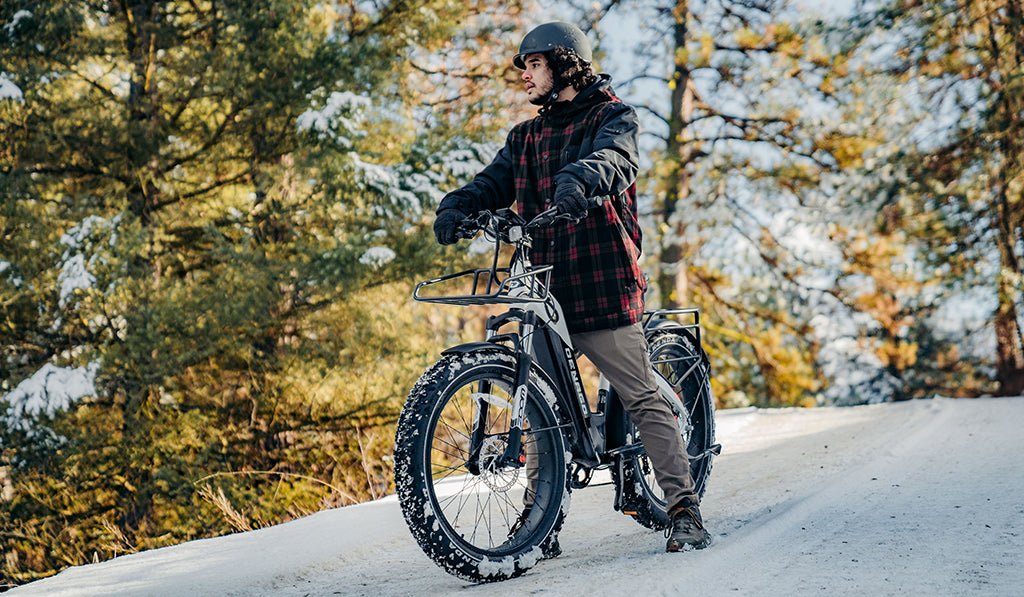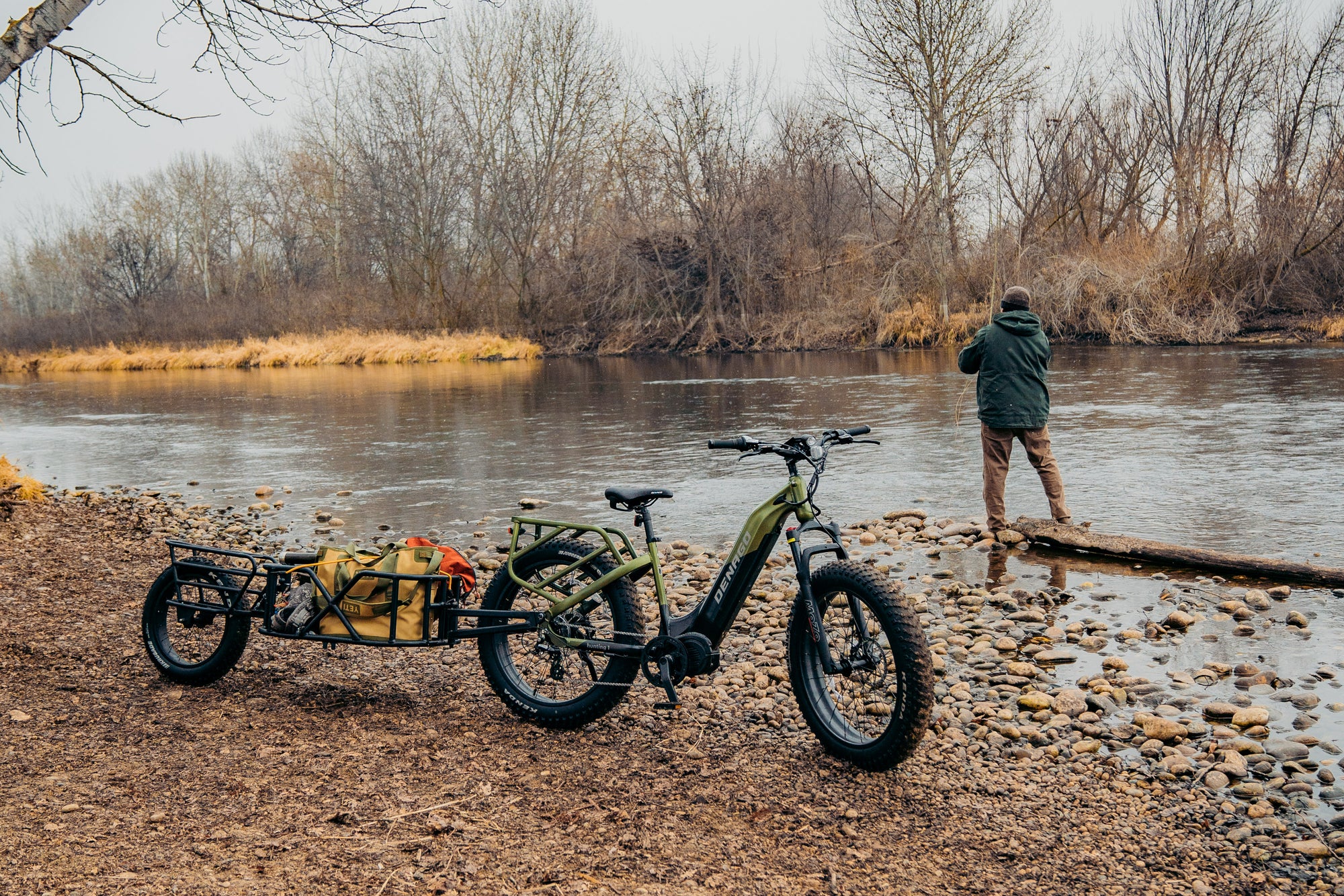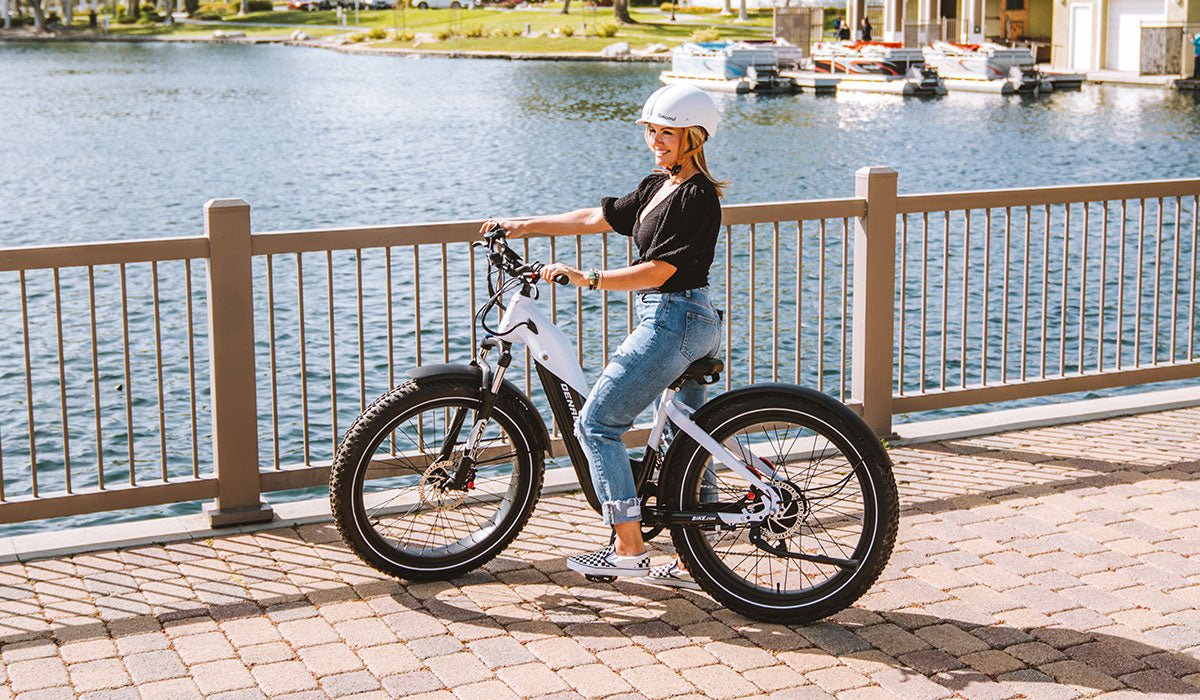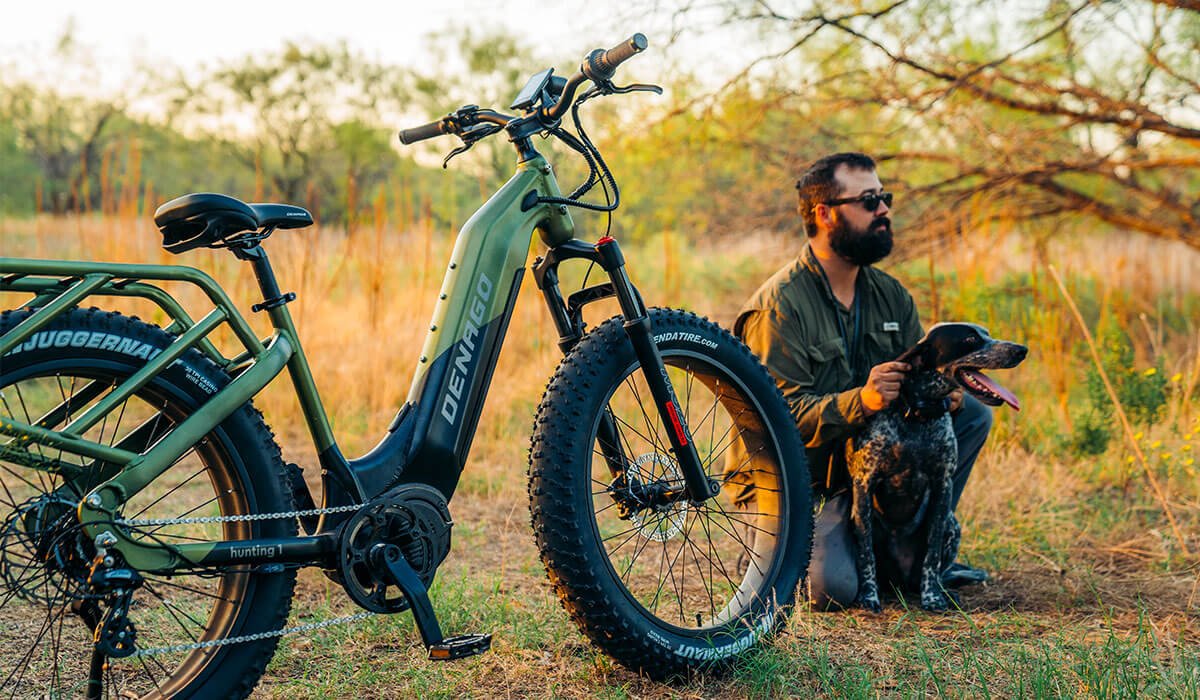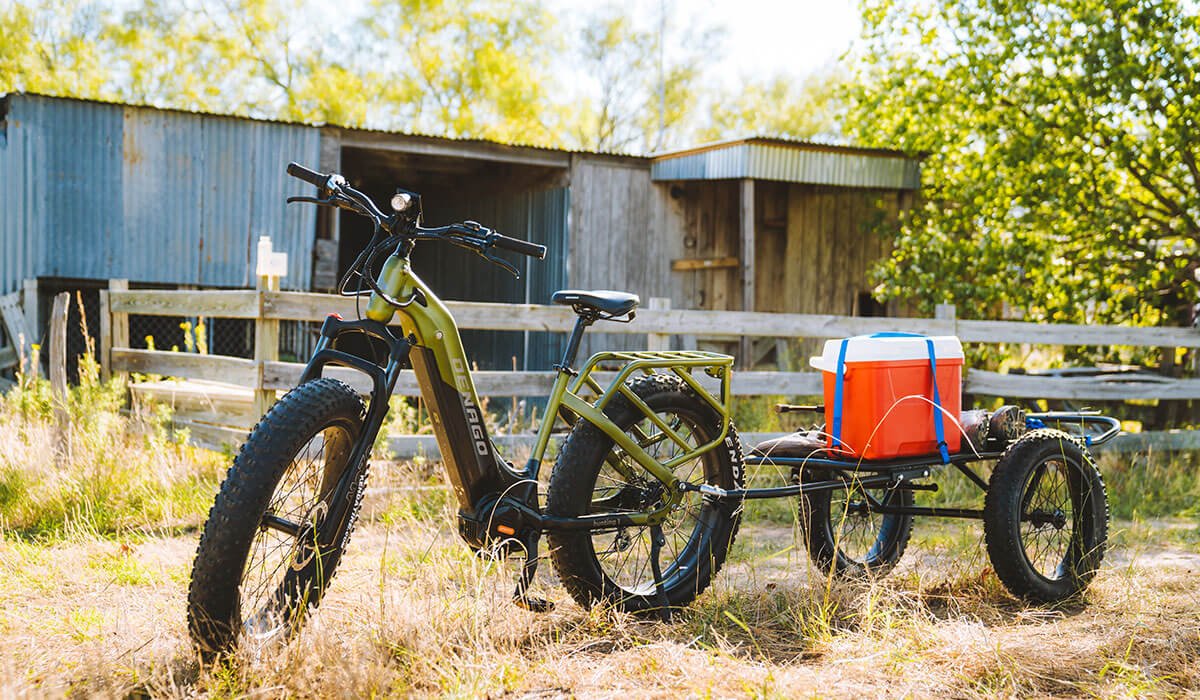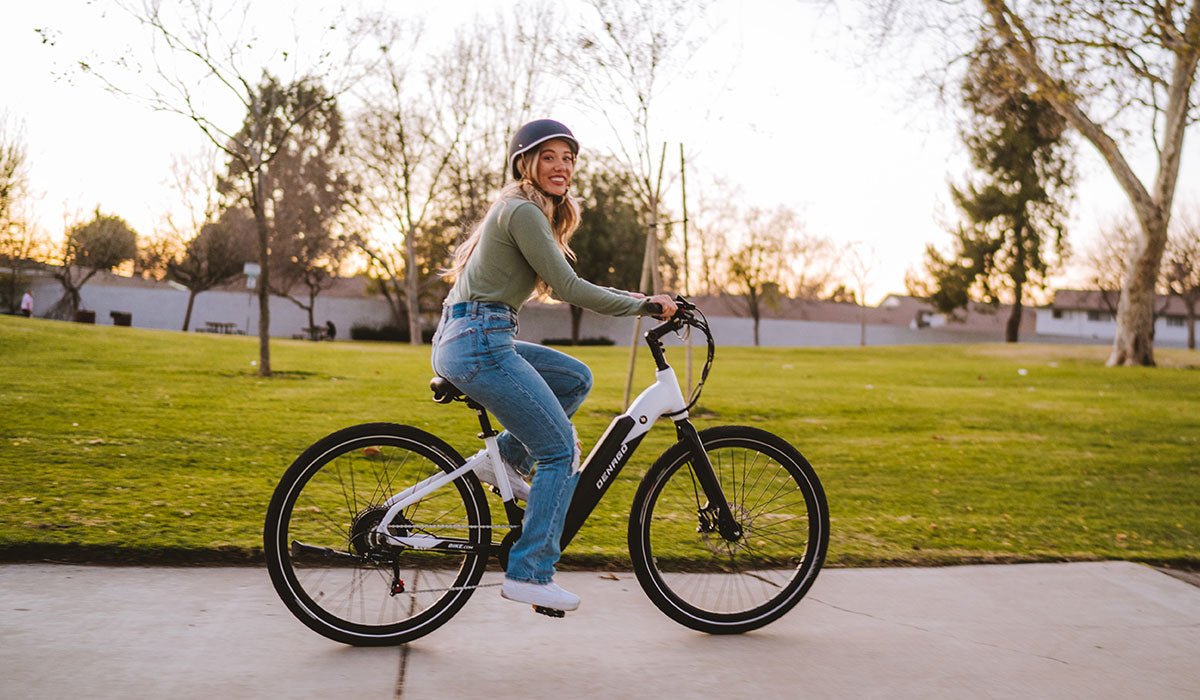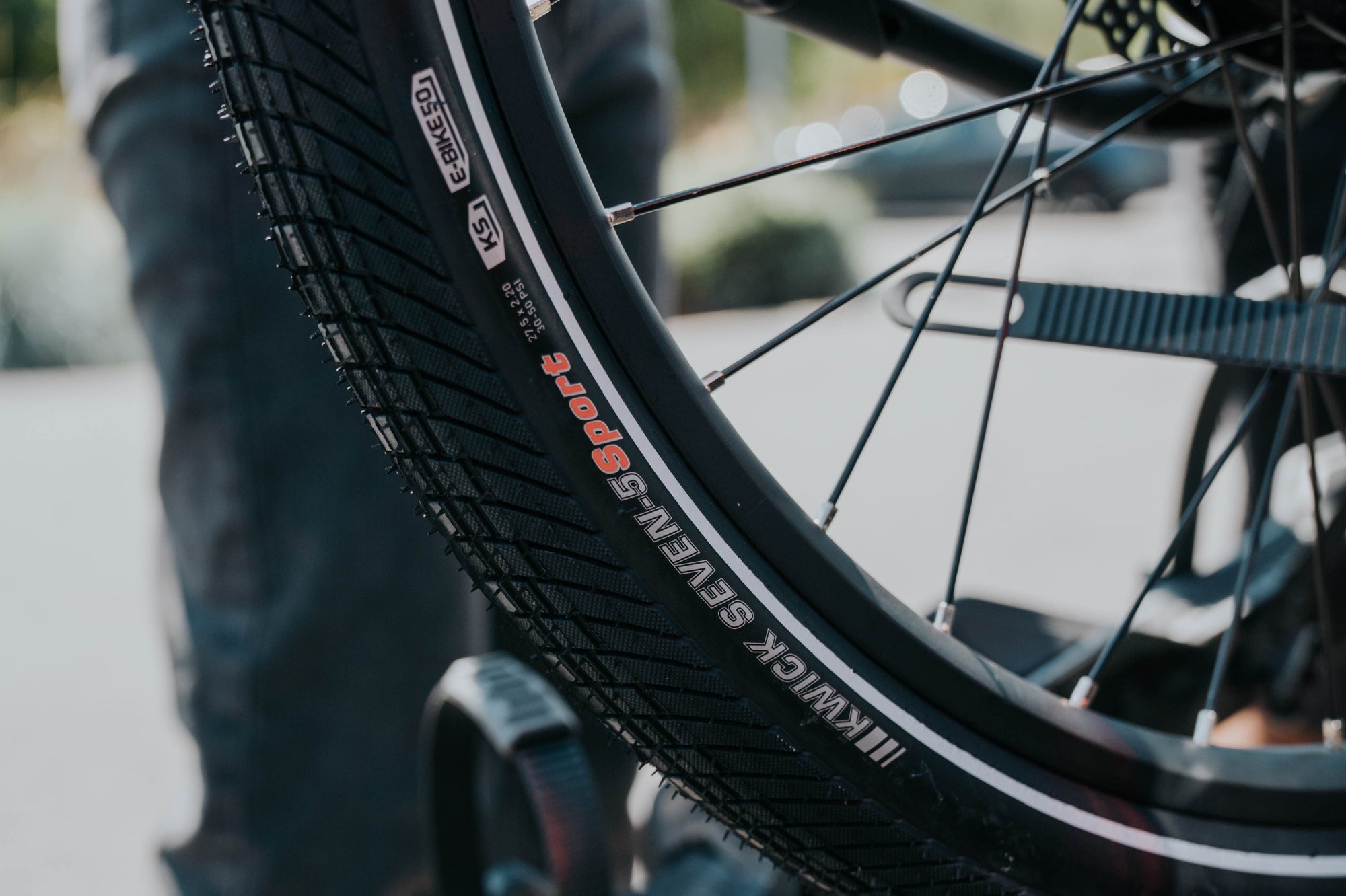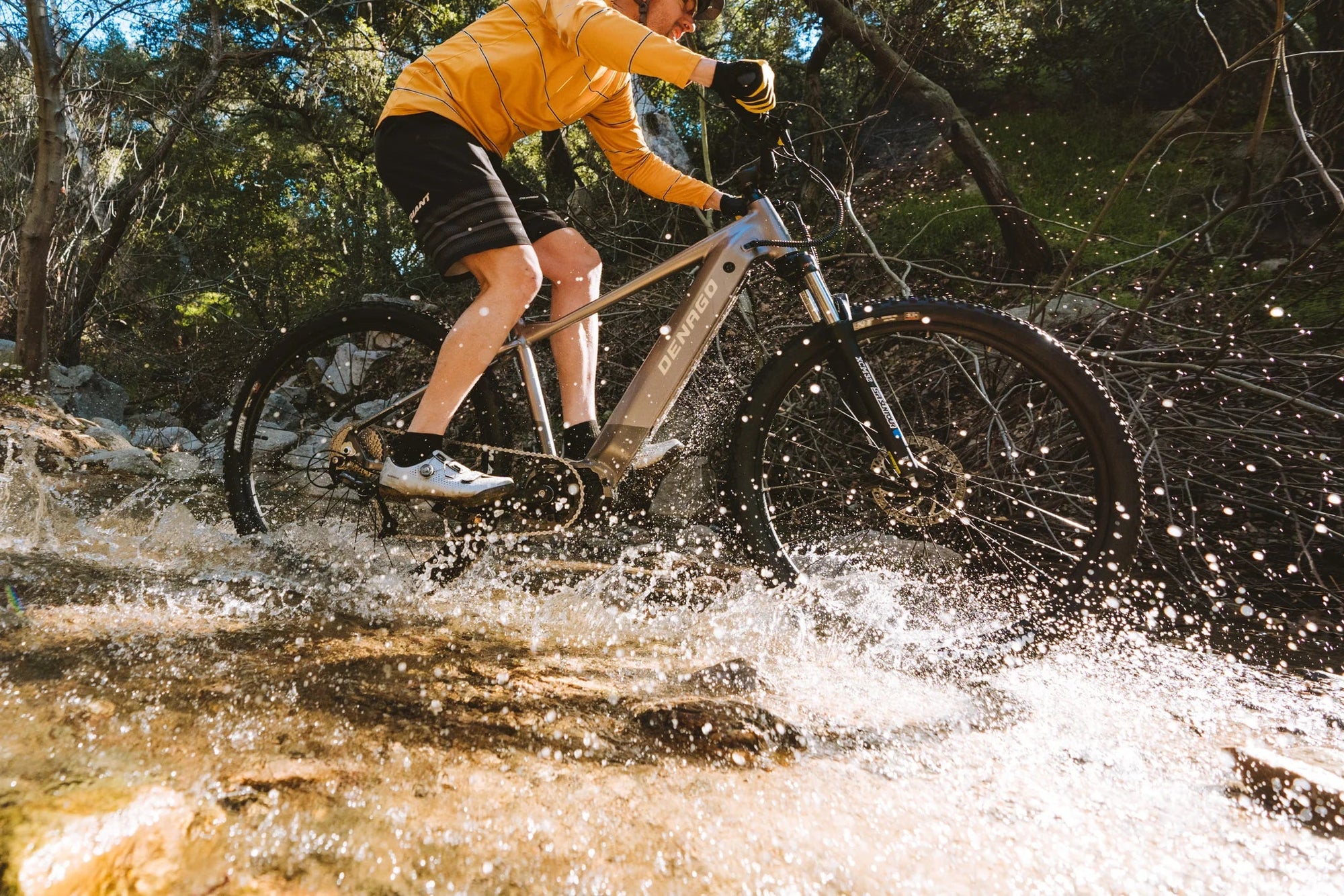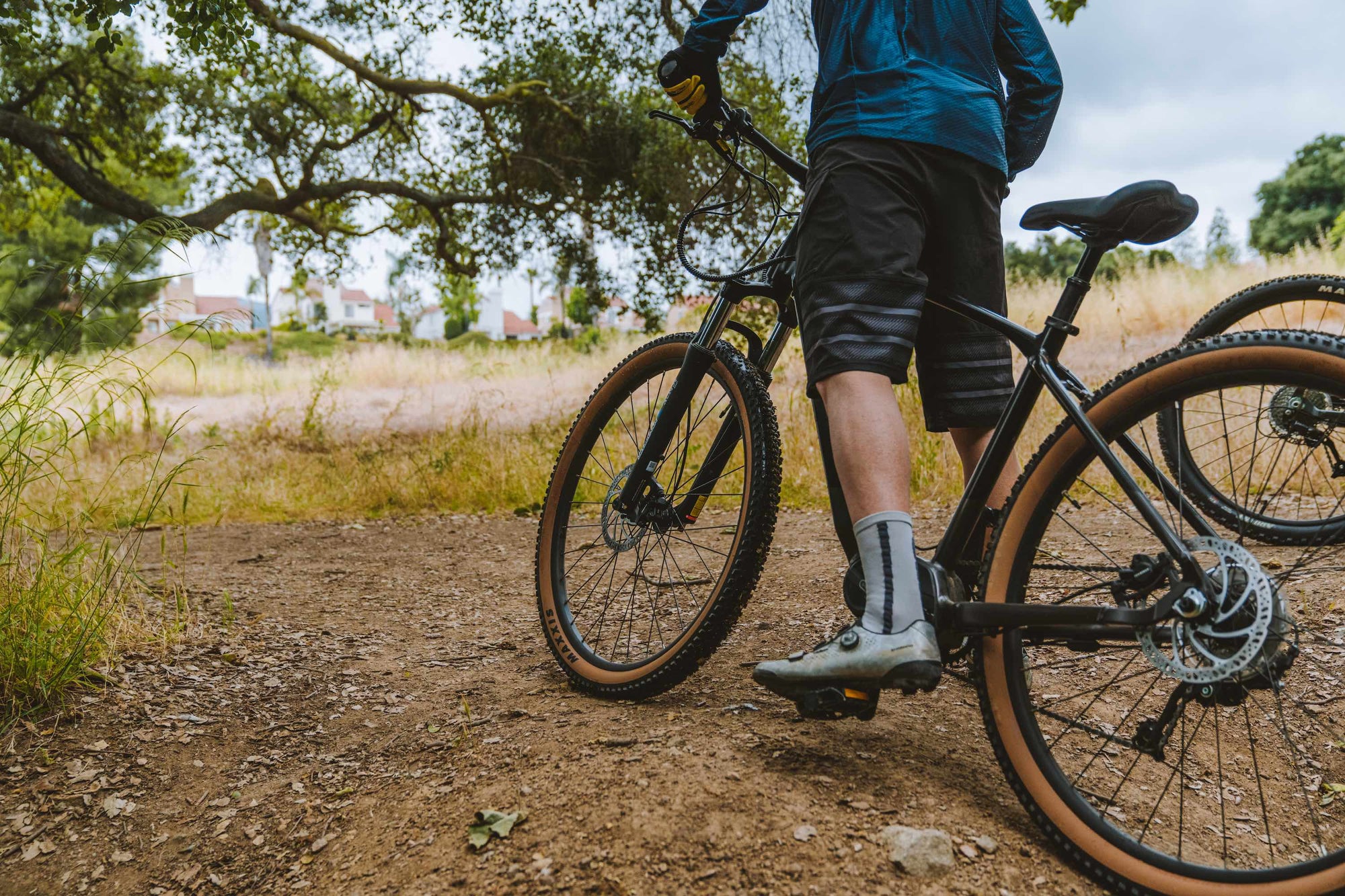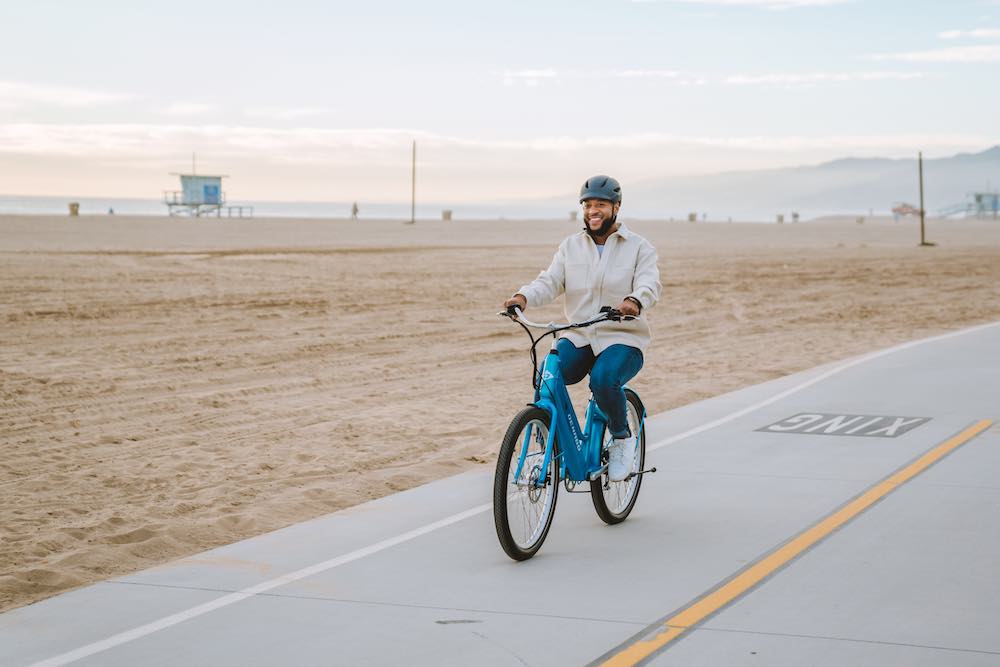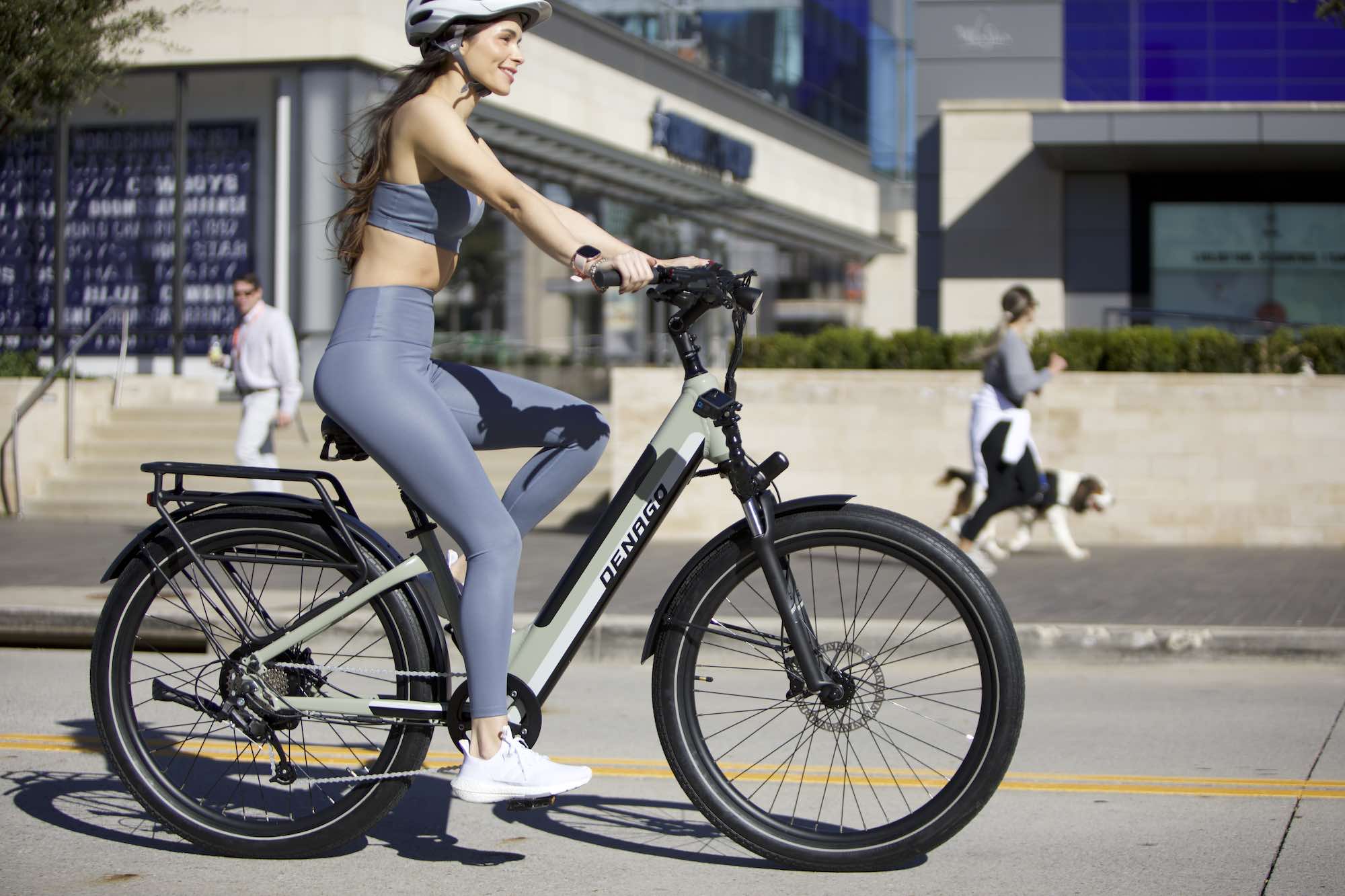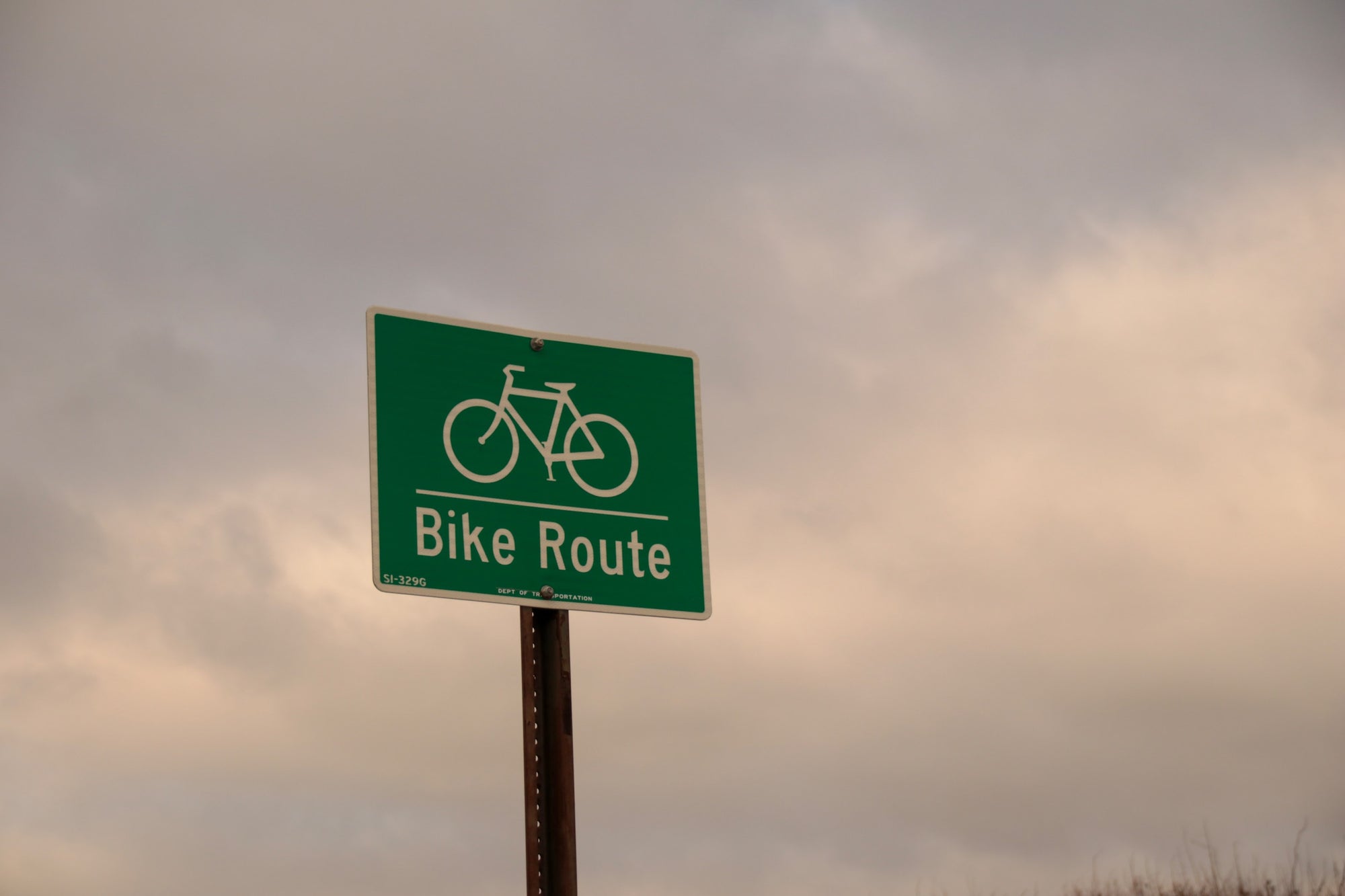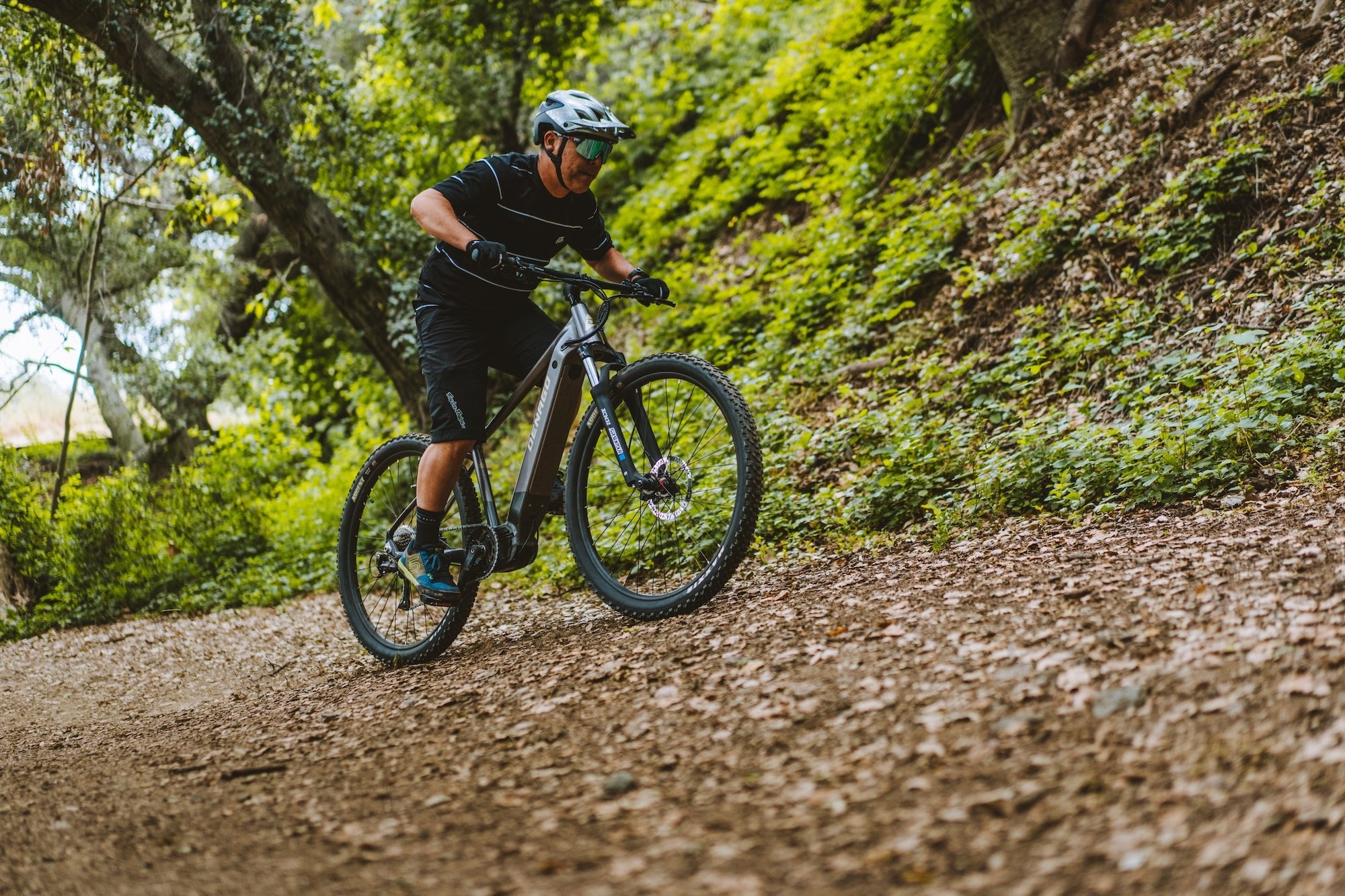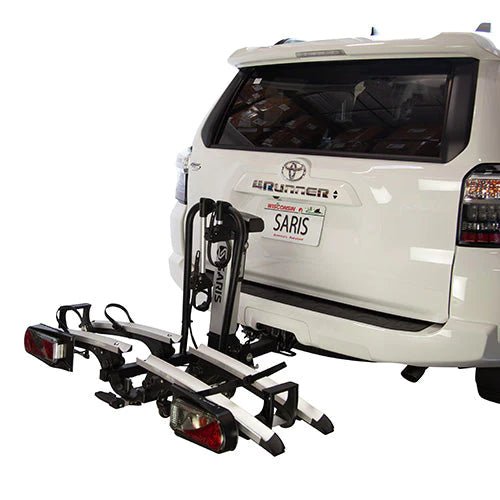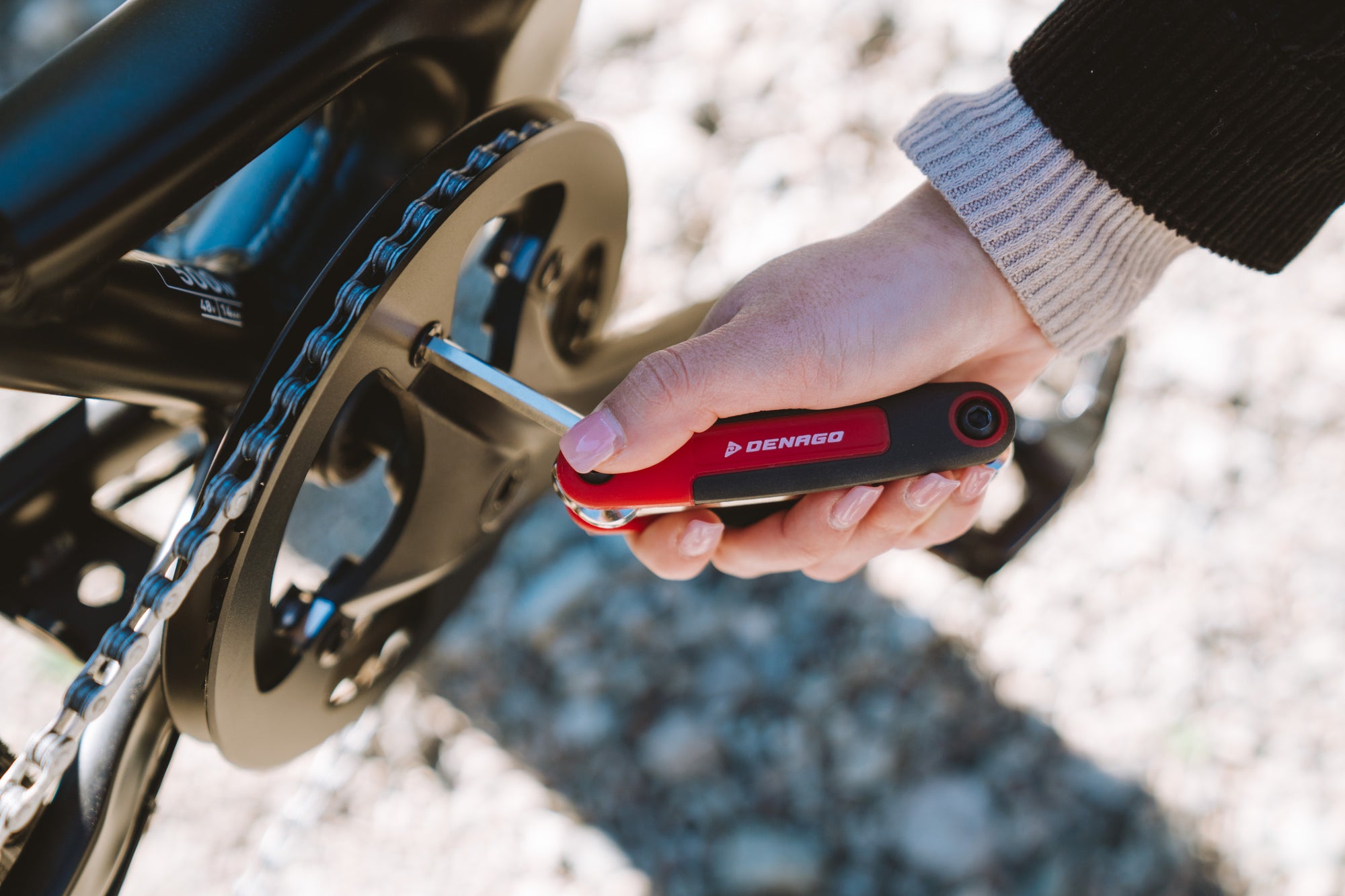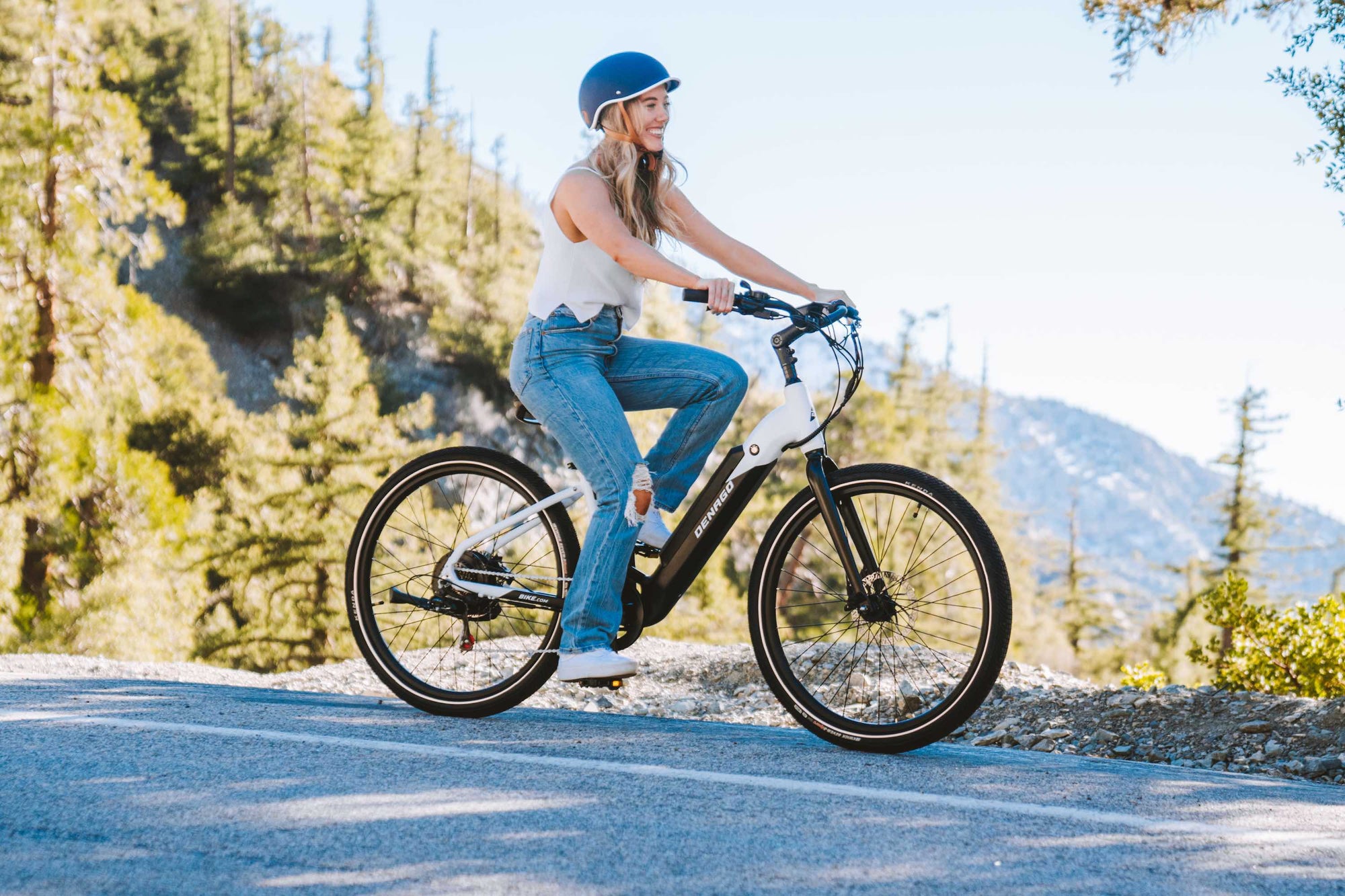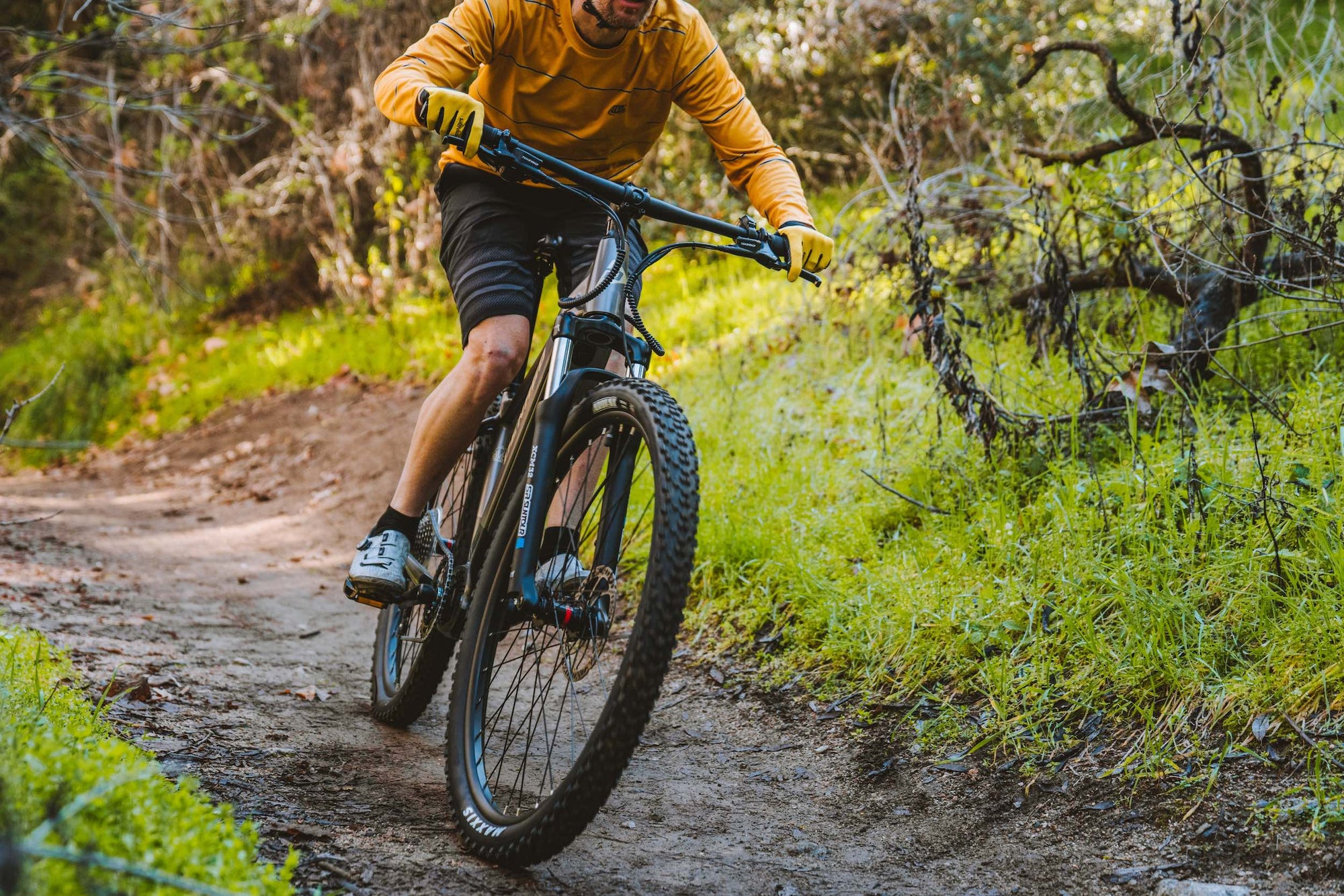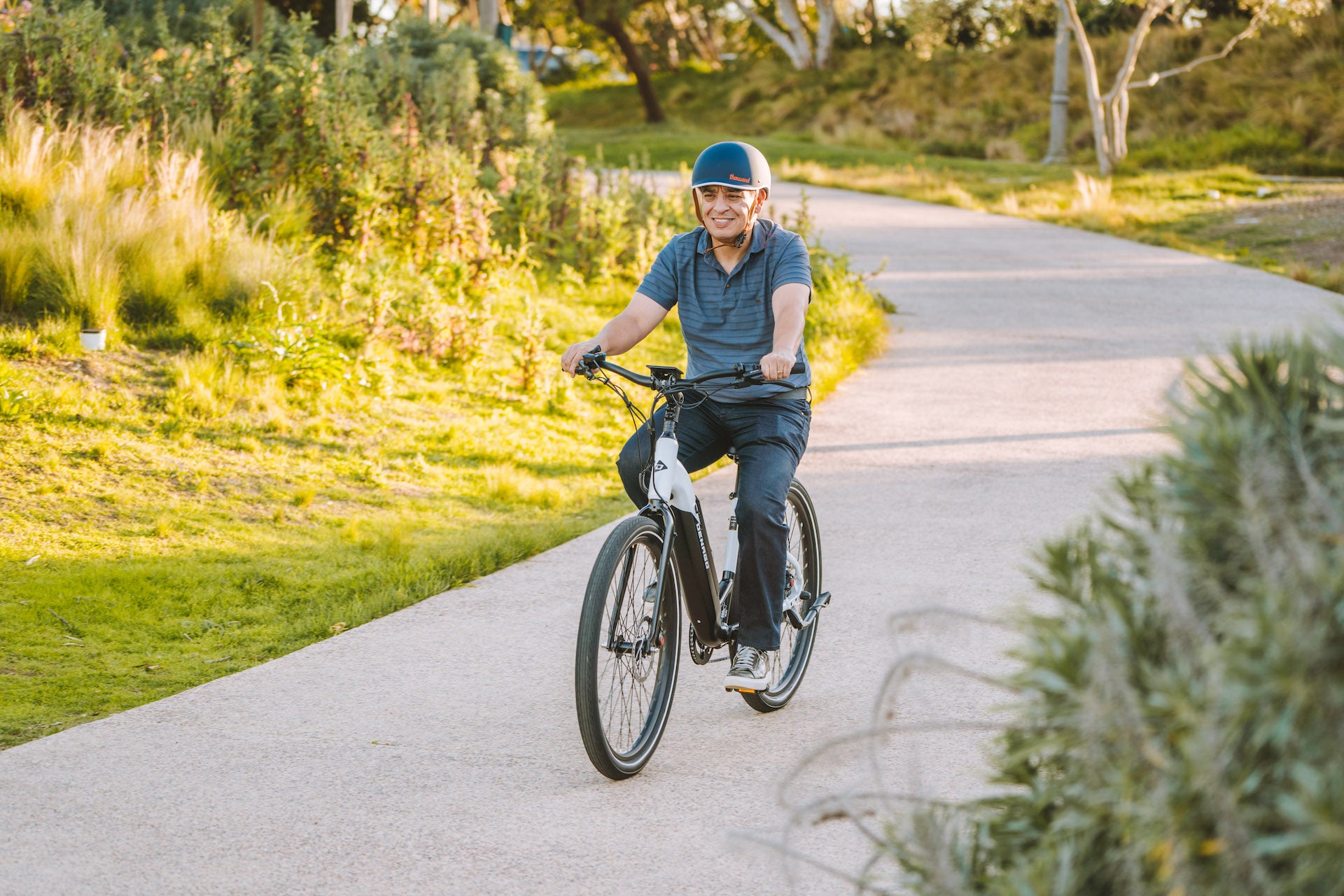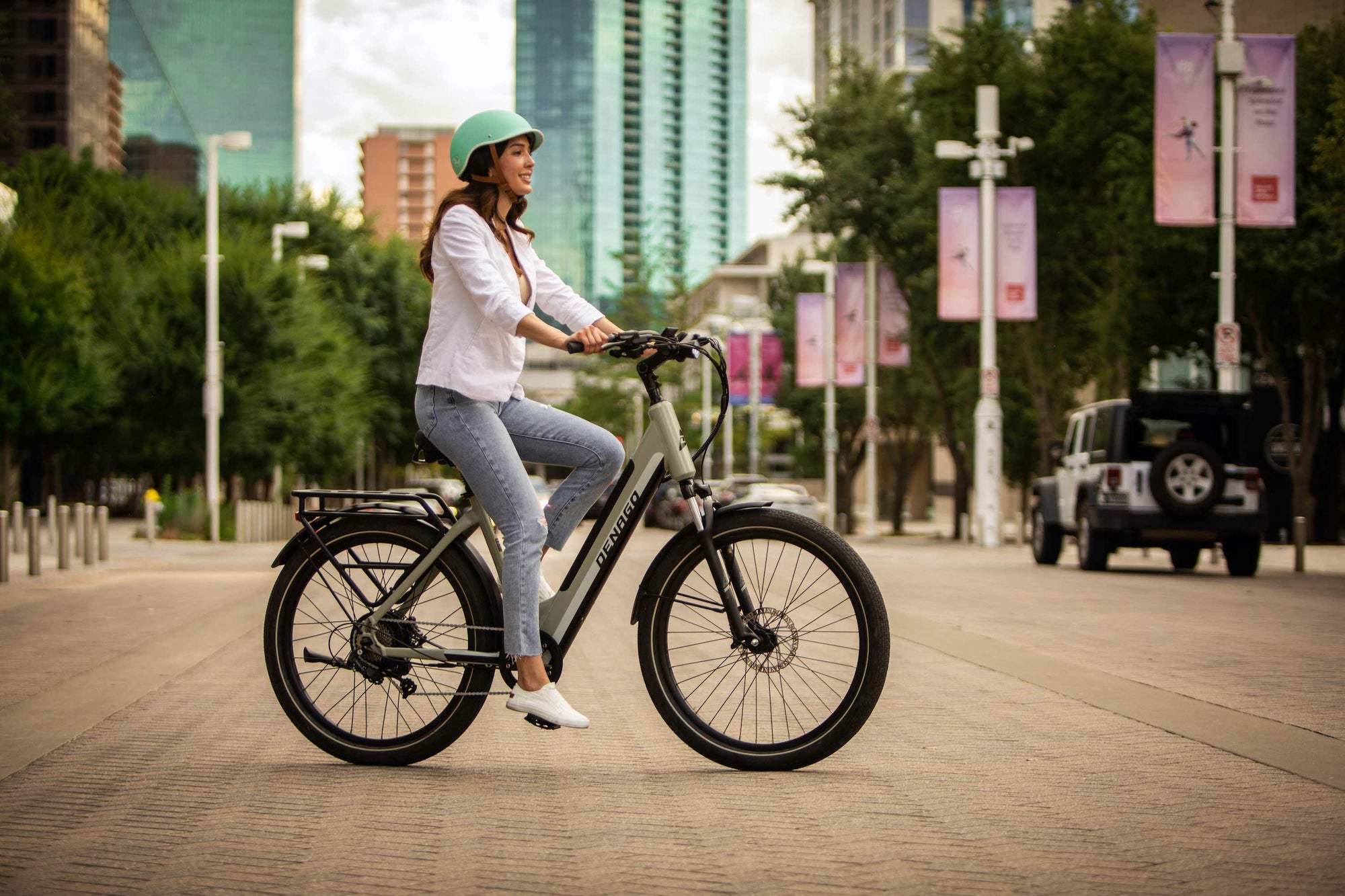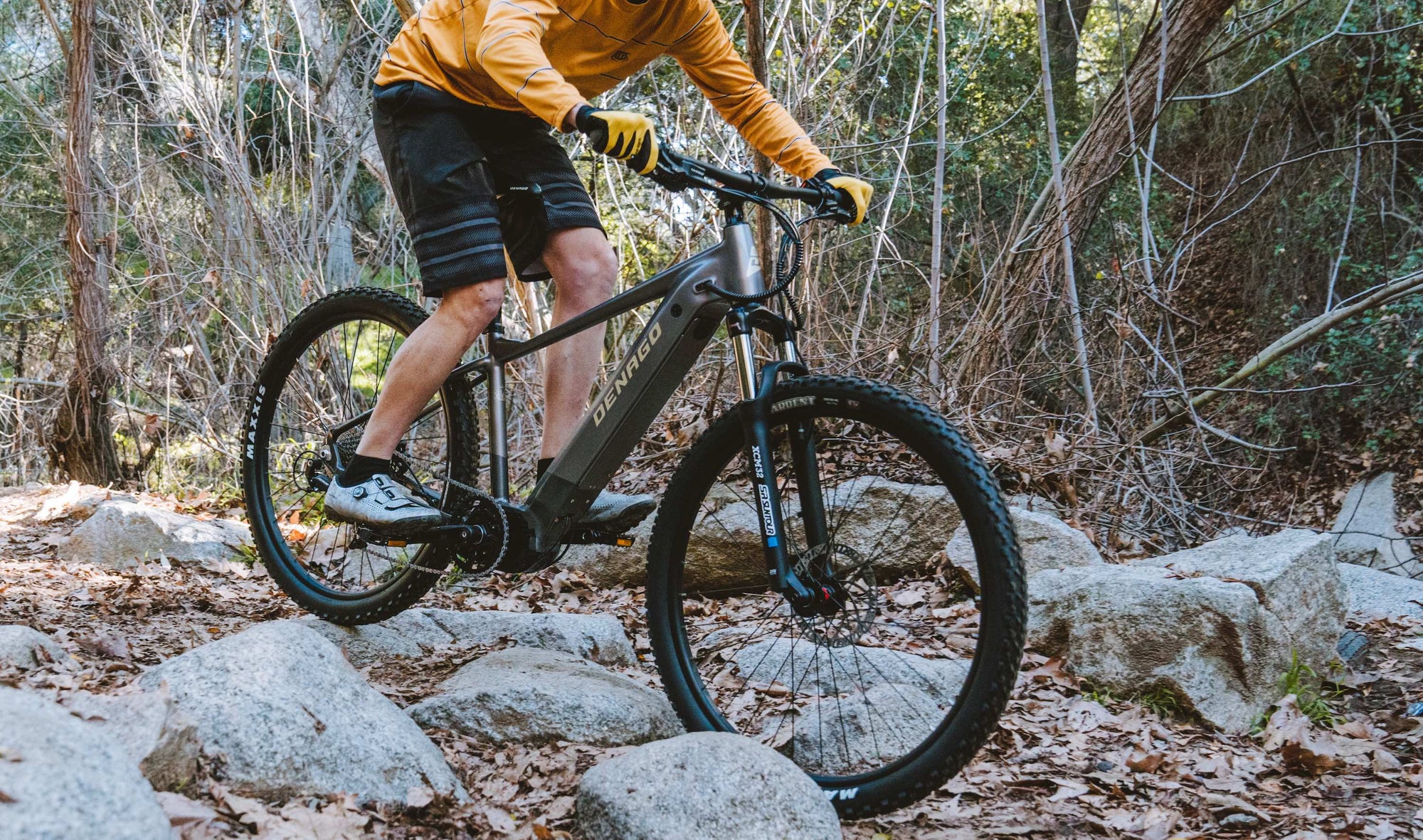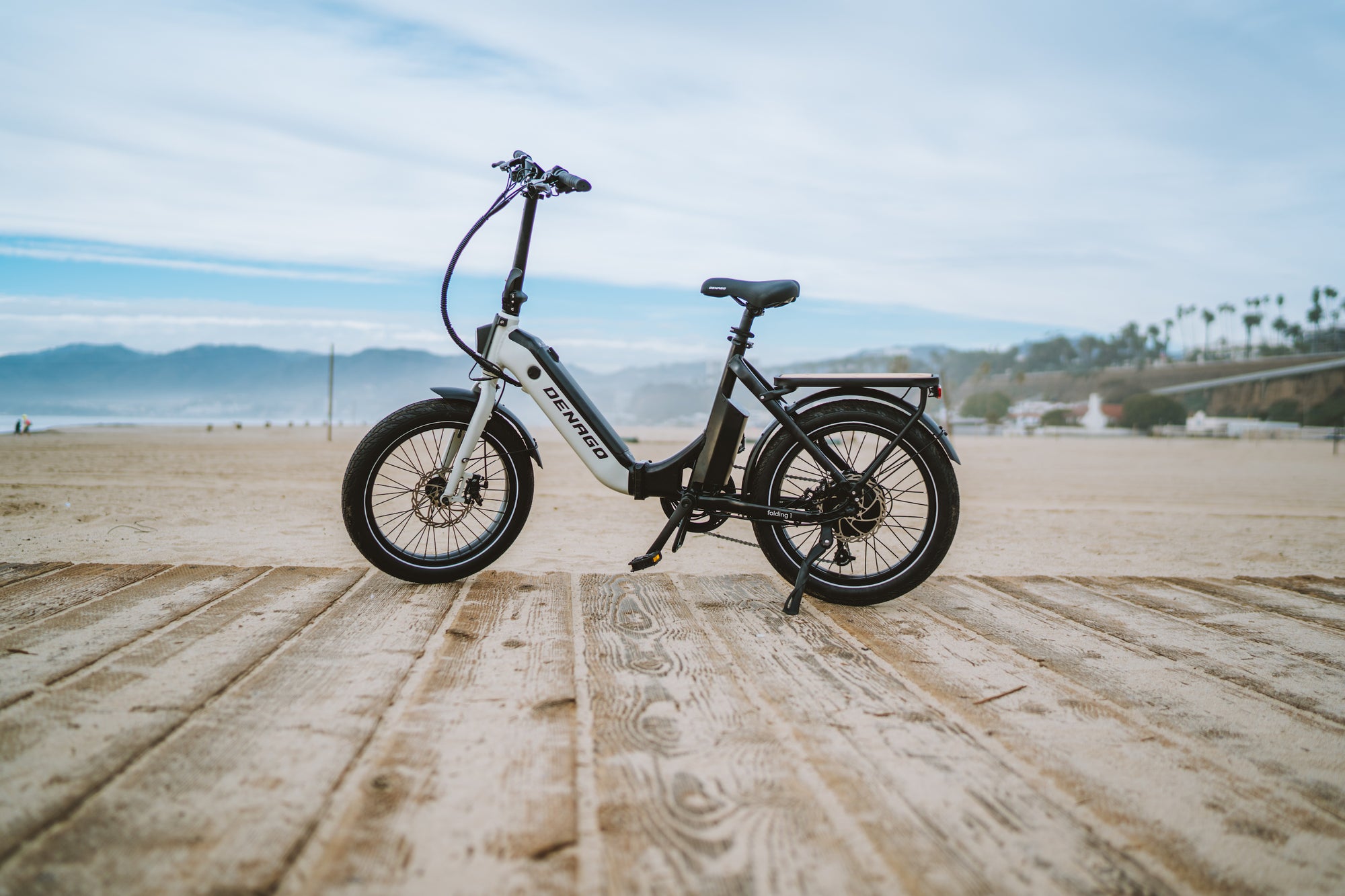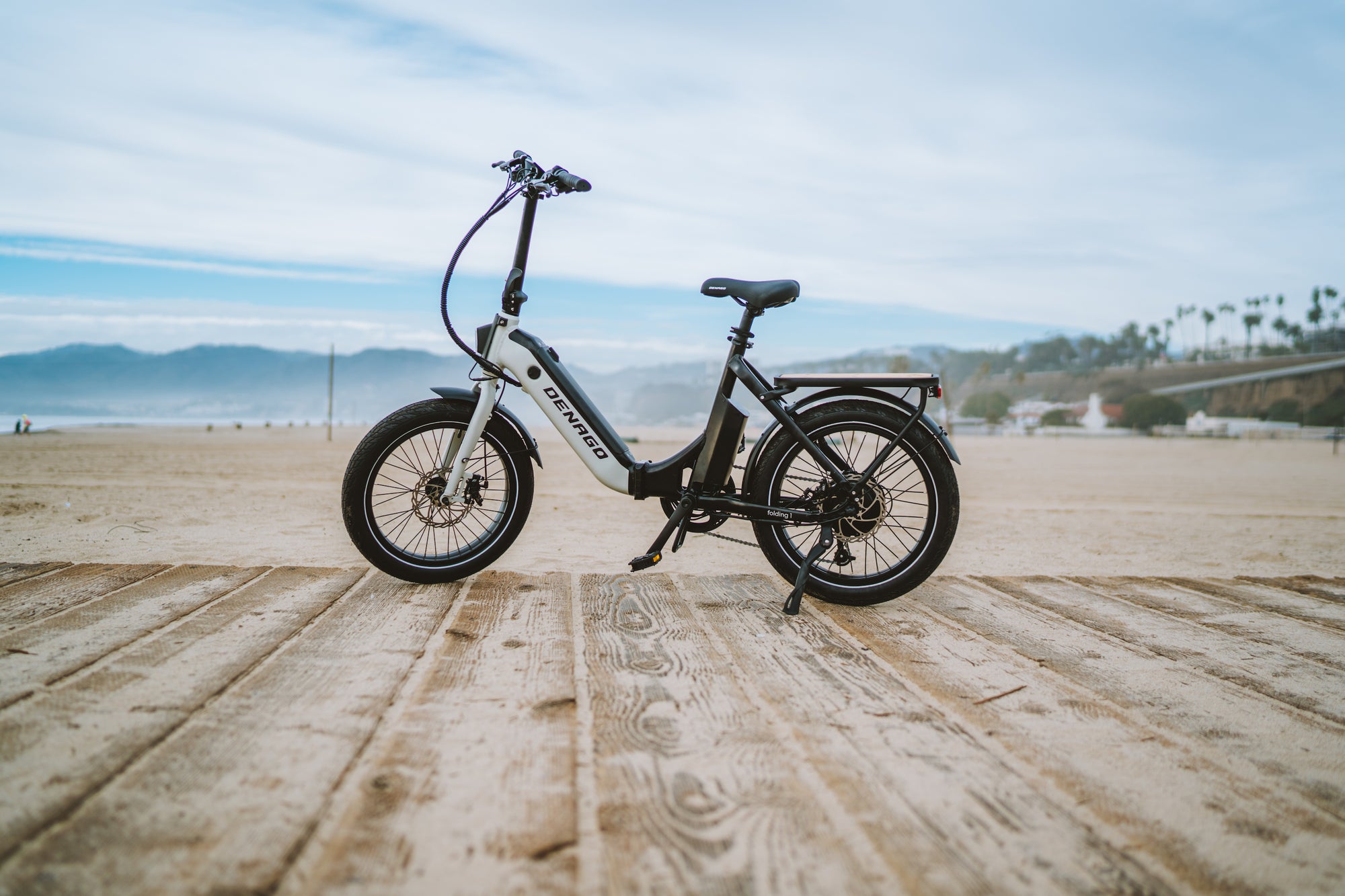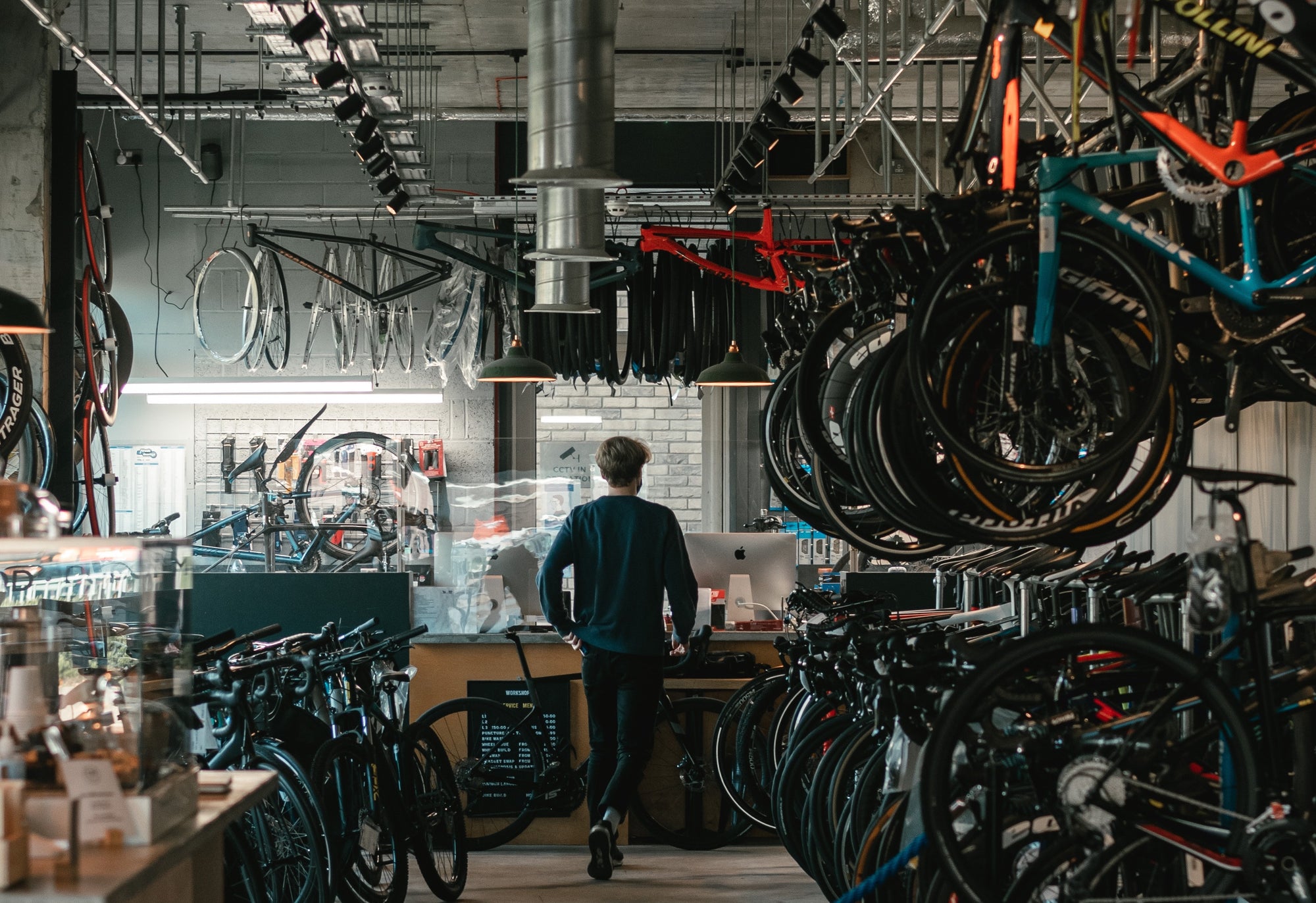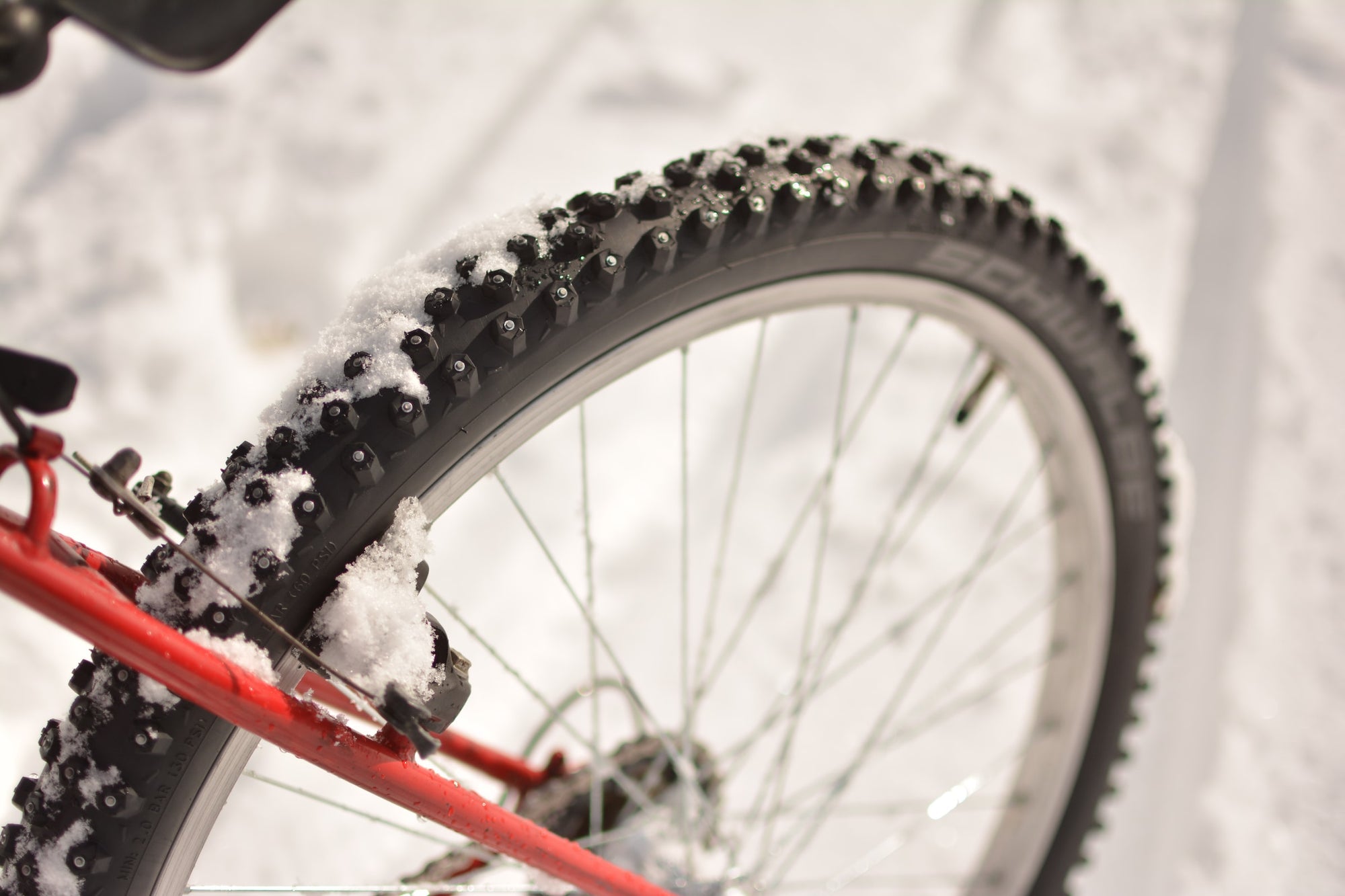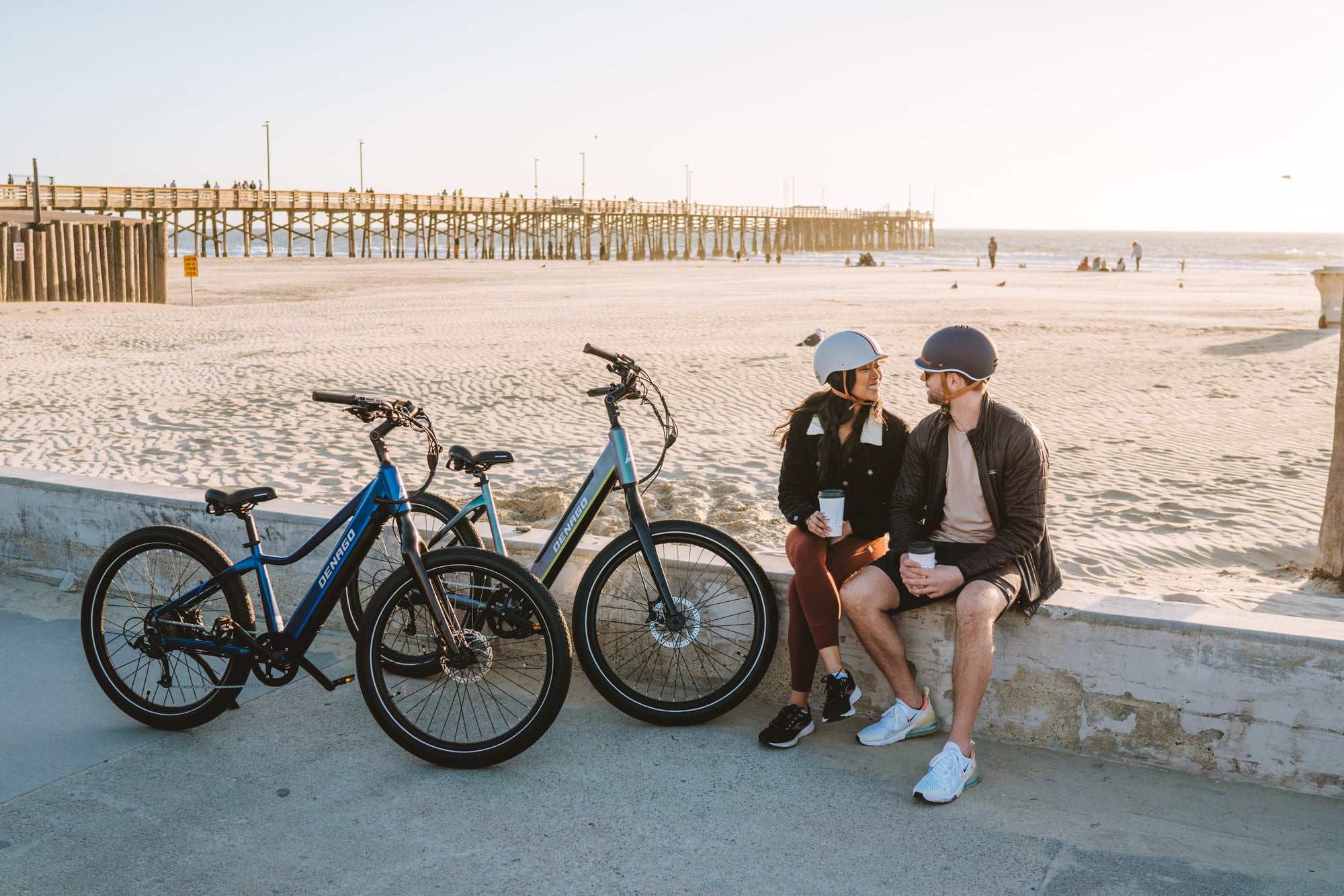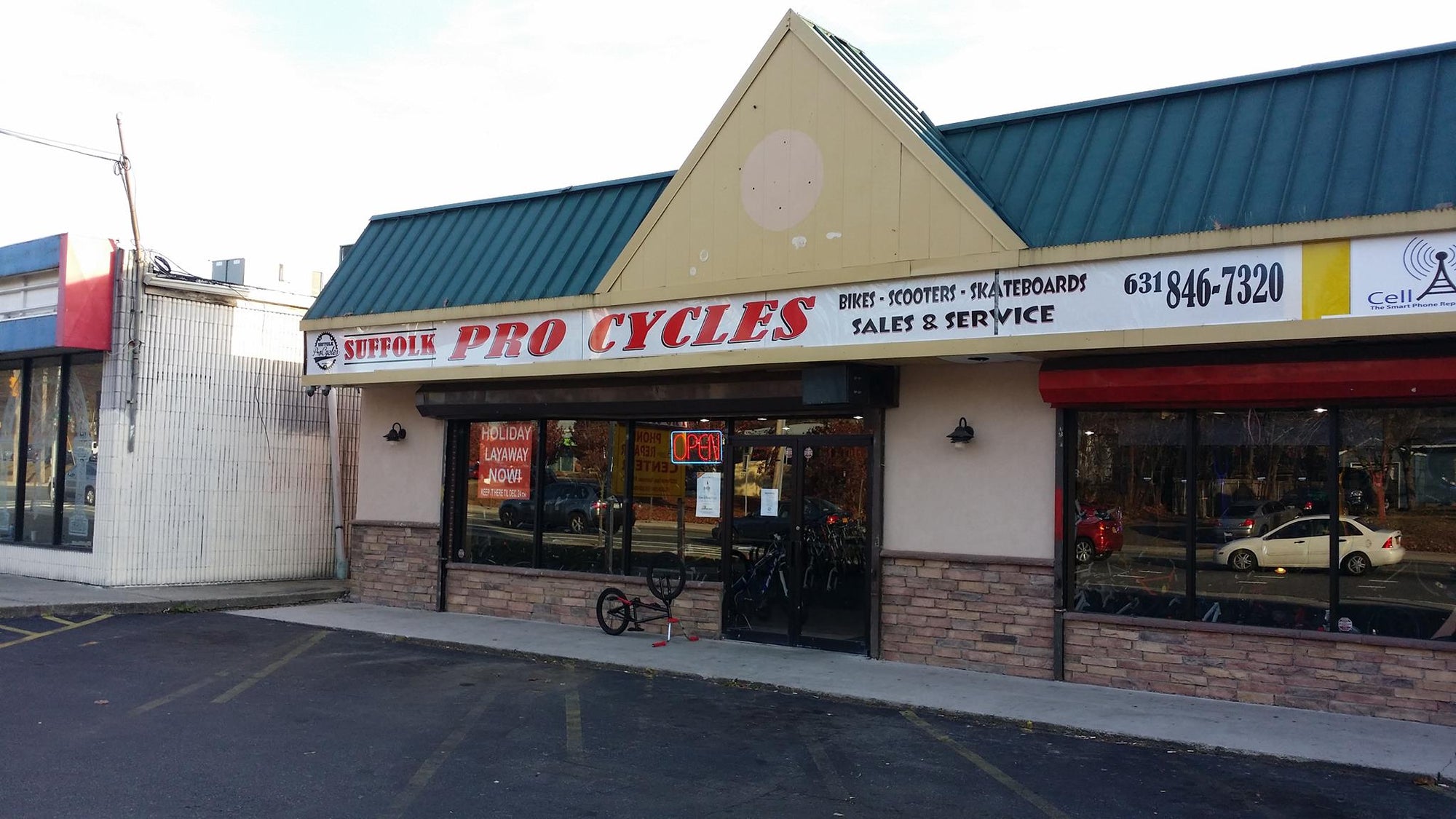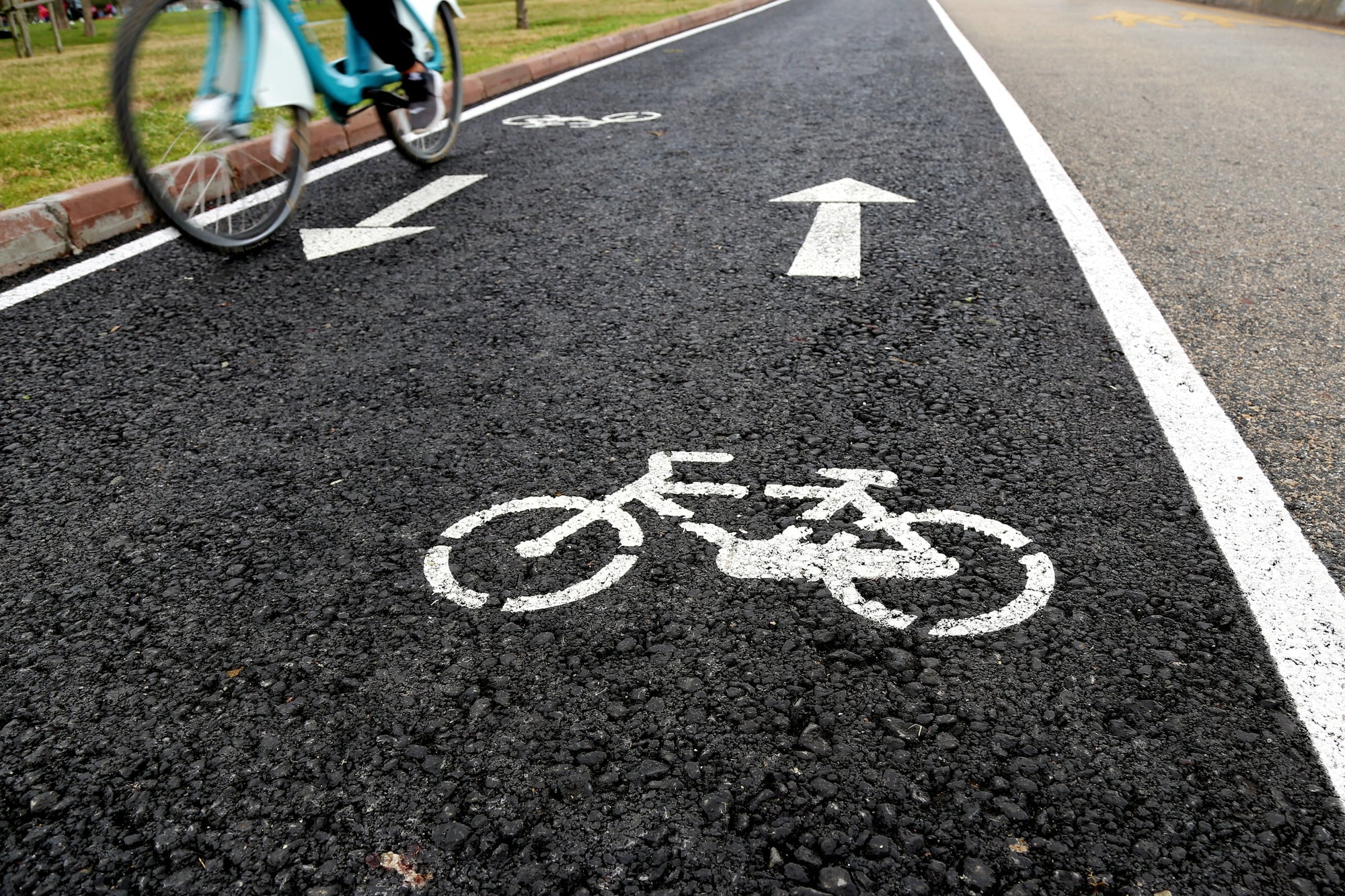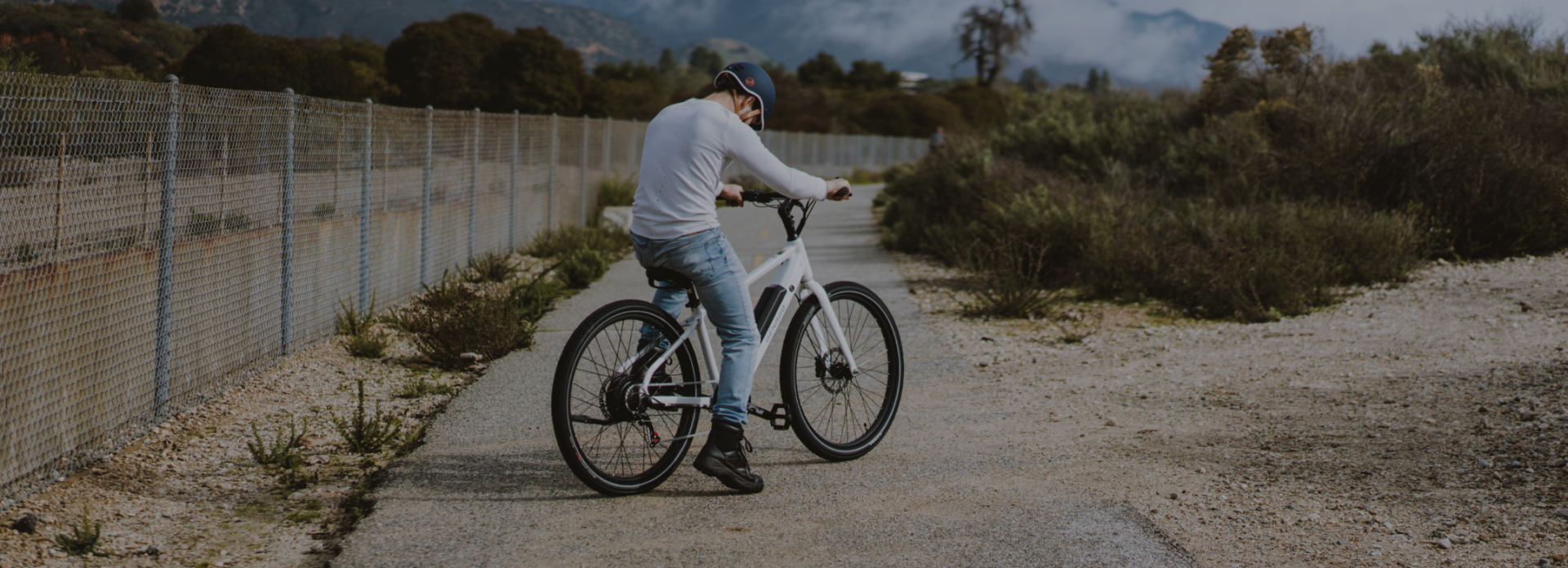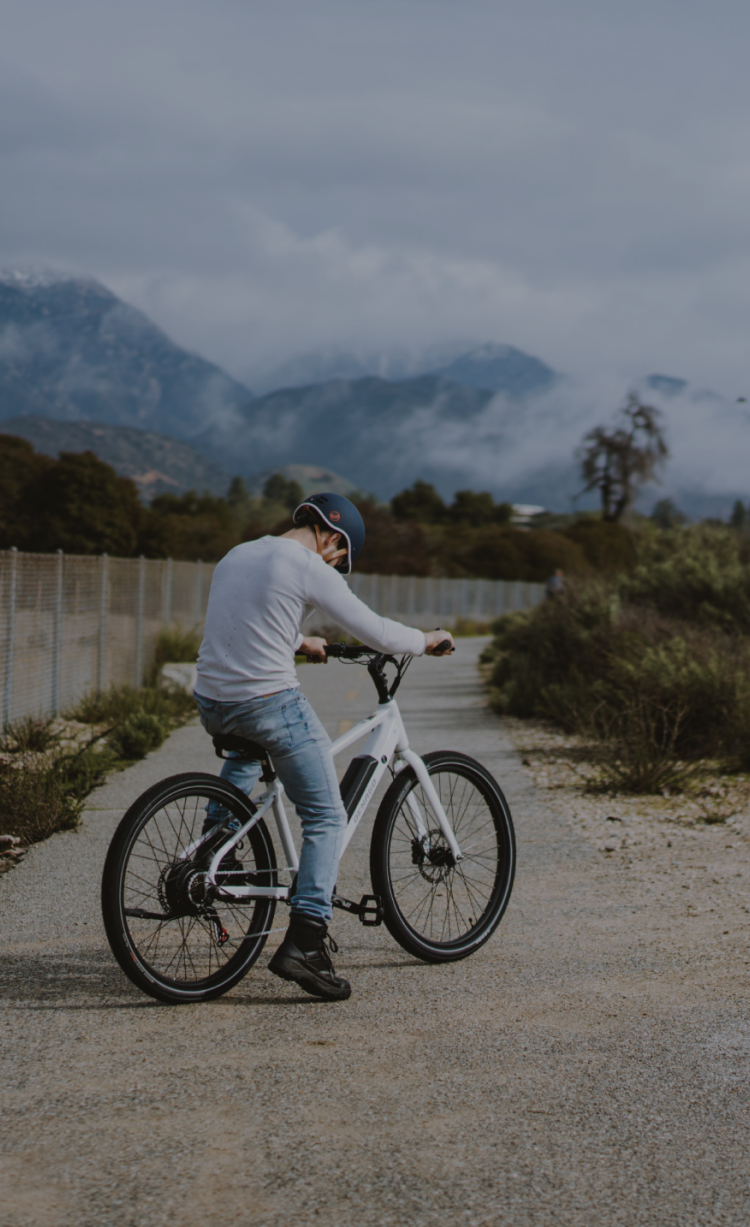There's a cold breeze in the air and the days are getting shorter - "Winter is coming." Some cyclists are lucky enough to live where it's easy to ride year round, but if you live where it's wet, cold, and damp, it's important to think about proper care for your eBike in the off-season. We have some maintenance tips for those who continue to ride despite the weather, and also some ideas about how to store your eBike if you're done riding for the year.
How to take care of your eBike after wet rides
Road grit and grime can build up quickly on your eBike when it's ridden in the wet. That grit can contribute to increased wear and tear on your eBike's components, especially the drivetrain, so it makes sense to remove it promptly.
Wipe it down
Don't blast your eBike with pressurized water. Instead, wipe it down with a damp cloth when needed. You can use a little gentle dish soap if needed to break down grease on the frame or rims. Dry it all off with a cloth.
Remove the battery and inspect the electrical connectors on both the battery and frame, and ensure they are free of debris and corrosion.
Degrease if necessary
You might need to degrease the chain on your bike before re-applying fresh lubricant. If the chain and derailleur pulleys are loaded with black gunk and leave a black mark on your pants leg or calf muscle, it's time to degrease. Then,
Apply lubricant and/or protectant
We need to lubricate or protect a couple key spots on your eBike:
- Lubricate the chain. We recommend an eBike-specific chain lube built to stand up to the heavier requirements eBike chains are subject to.
- Cyclists in extreme conditions (think snow and ice) may wish to use a dab of dialectic grease at the battery terminals where electrical components are plugged into one another. Dialectic grease is commonly use on cars to prevent corrosion in these areas.
Use fenders
Fenders are an economical way to reduce the amount of road spray that hits your eBike, and help keep the rider dry too. If your eBike didn't come with fenders, it's pretty easy and economical to add a set. Lots of riders install fenders for the Winter and then remove them when the weather improves.
Inspect the brake pads
When you ride in the wet, grit builds up between the brake pads and the braking surface - that's the rim sidewall on a rim brake eBike, and the disc brake rotor on eBikes with disc brakes. That grit can wear the braking surface much faster than when you ride in dry conditions, so inspect them regularly to make sure there's enough brake pad surface left for safe operation.
eBike battery best practices in the Winter
The battery is one of the most important components on your eBike. You may have noticed that your Denago eBike gets less range when ridden in the cold. That's a normal side effect of temperature on lithium-ion batteries.
You can minimize this effect by keeping your battery in a temperature-controlled space, like a heated basement instead of a freezing garage. Starting with a room temperature battery will yield more miles per charge compared with a frozen battery.
Avoid charging your eBike battery in freezing conditions. Either move the entire bike to a warmer spot for charging, or if that's not possible, bring the battery alone to a warmer spot.
Storing your eBike for the Winter
If you've decided to stop riding for a while, consider these steps to make sure your eBike is still in good shape when the weather improves:
Store it indoors
The best place for your eBike is indoors where it's protected from the elements. Keep it at a temperature that is comfortable for humans - if you're comfortable, so is your bike and battery!
Keep it covered
If you can't park indoors, try and cover your eBike with a tarp or bike cover made for this purpose. If you do nothing else, at least keep the rain and snow off and away from the electrical components.
What to do with the battery when you don't plan to ride for a while
Your eBike battery is a little bit different than the rest of the components. Here's what we recommend if you won't be riding for a while:
- Put a partial charge on the battery (about 75%)
- Unplug the battery from the charger
- Remove the battery from the eBike
- Store the partially charged battery in a cool, dry place
- Check the battery charge level monthly and bring it back up to 75%, if needed
Is it time for a tune-up?
If you've been riding all Summer, Winter might be a great time for a tune-up and checkover. Bike shops get very busy on the first weekends in Spring with nice weather, so there could be a long wait time. Instead, get your tune-up done during the dead of Winter, when the bike shop is much less busy.
Your local Denago eBike dealer can give your eBike a once-over and make sure everything is in tip-top shape so you're ready to ride when the weather improves.




